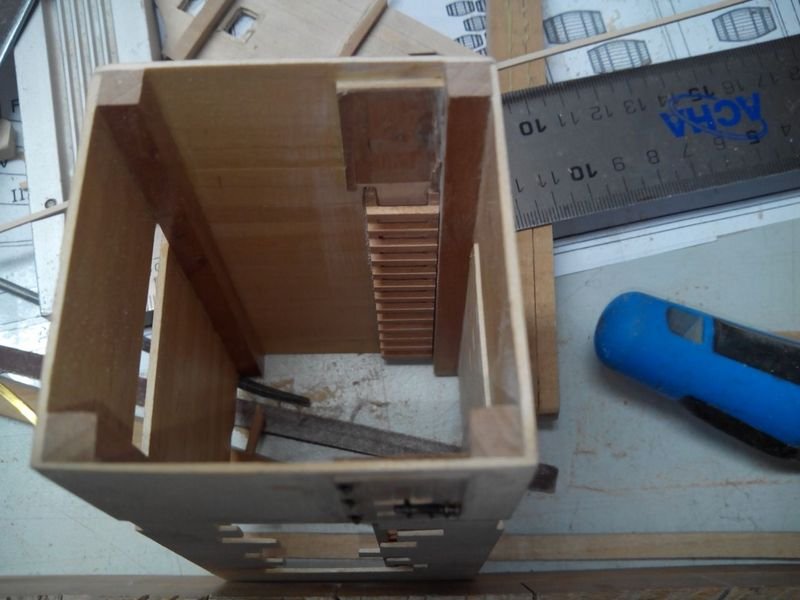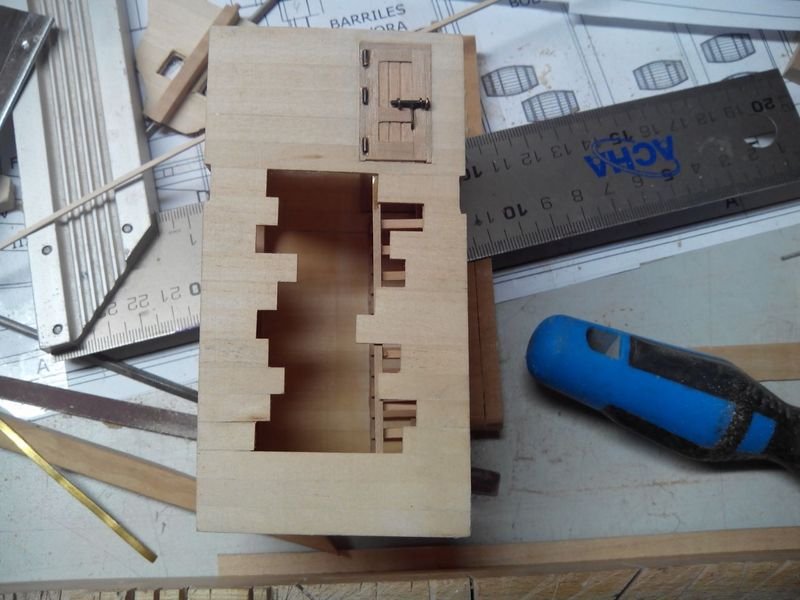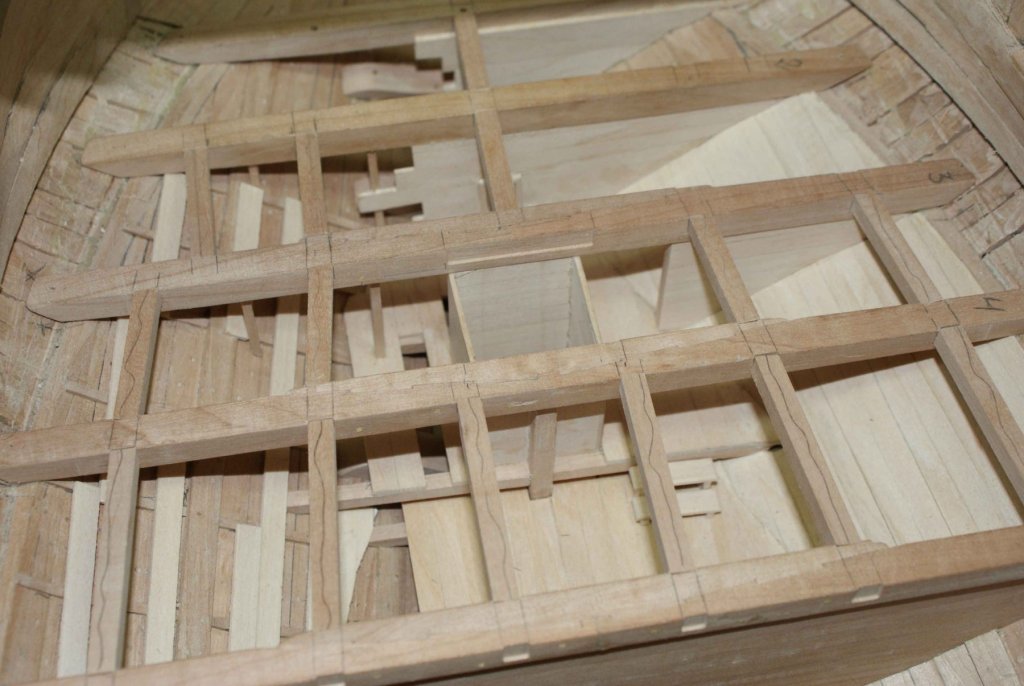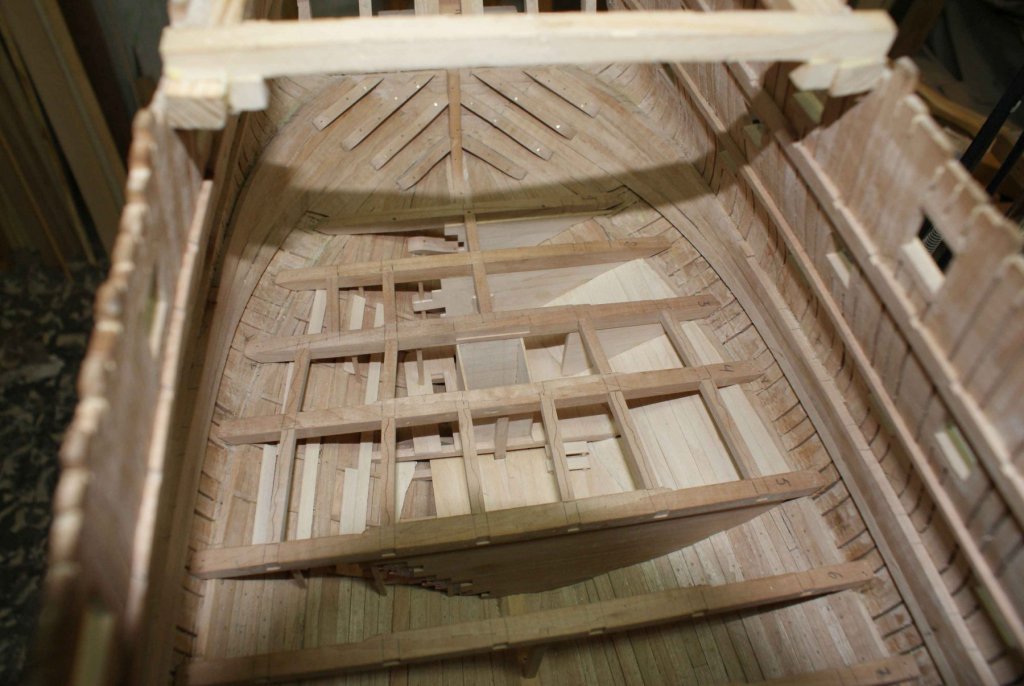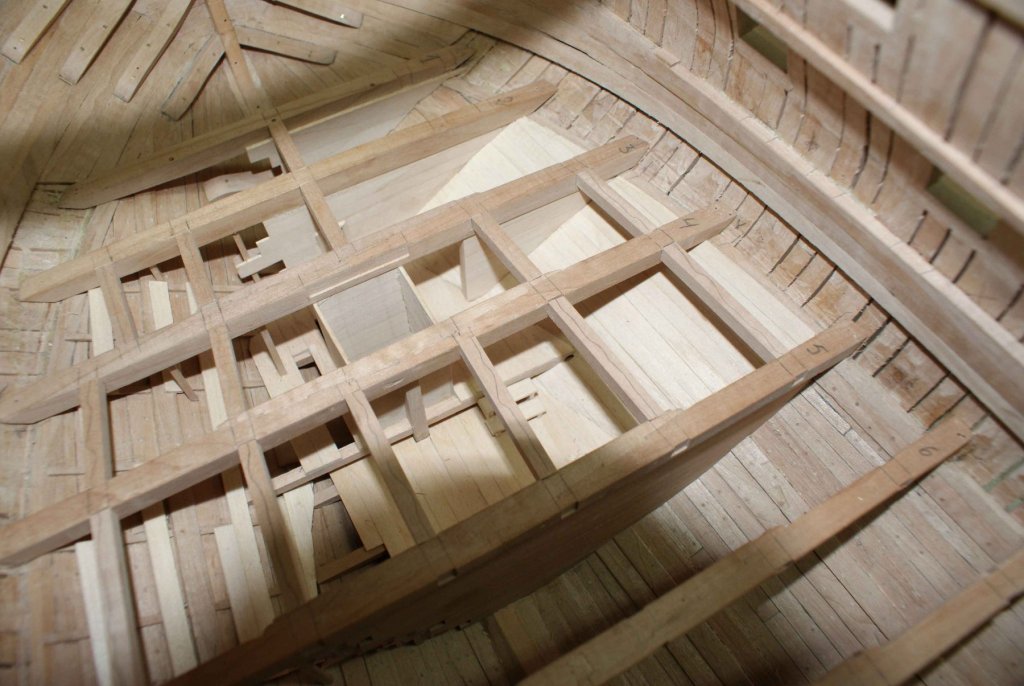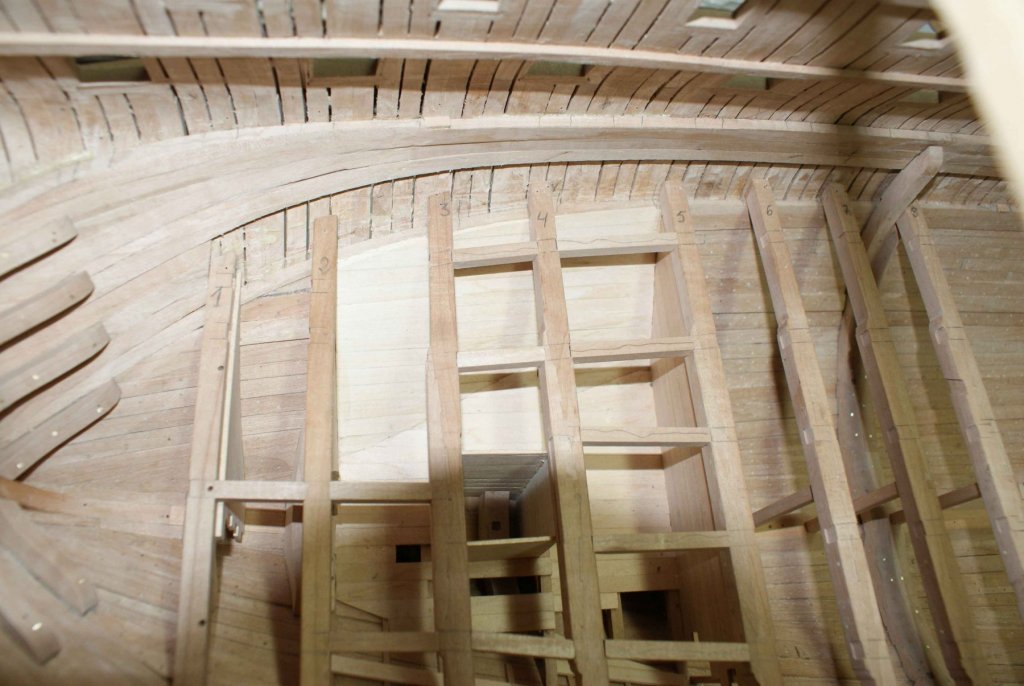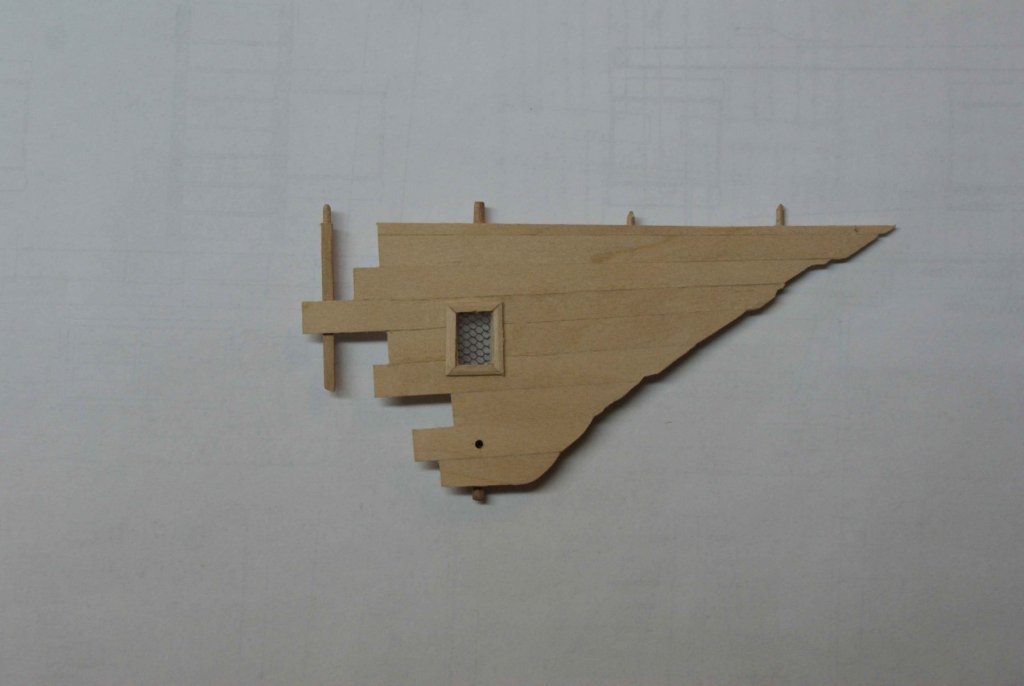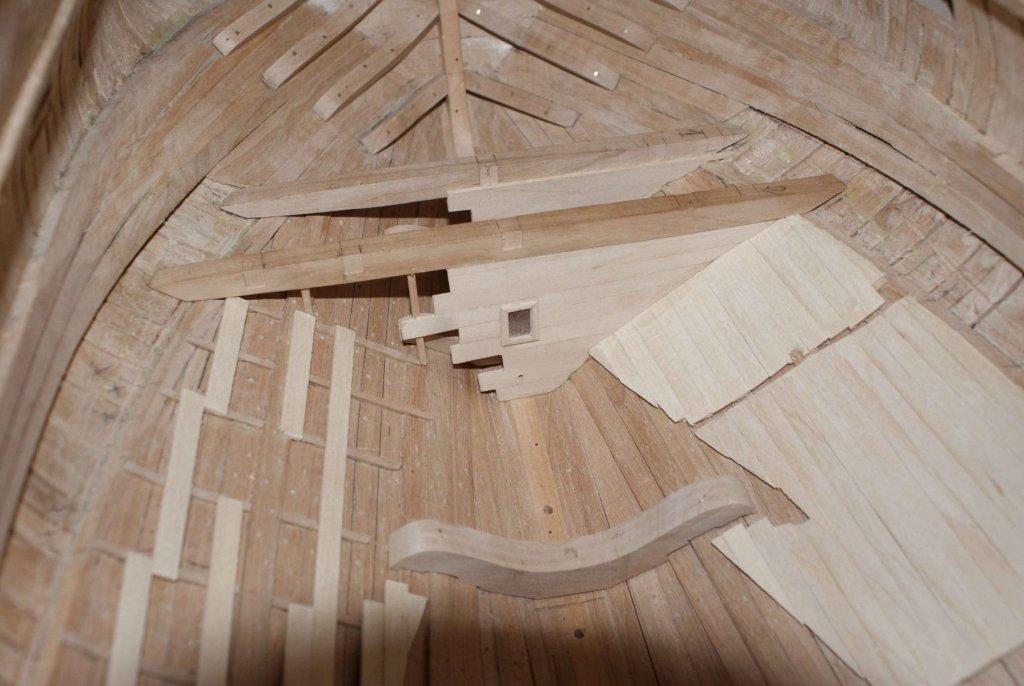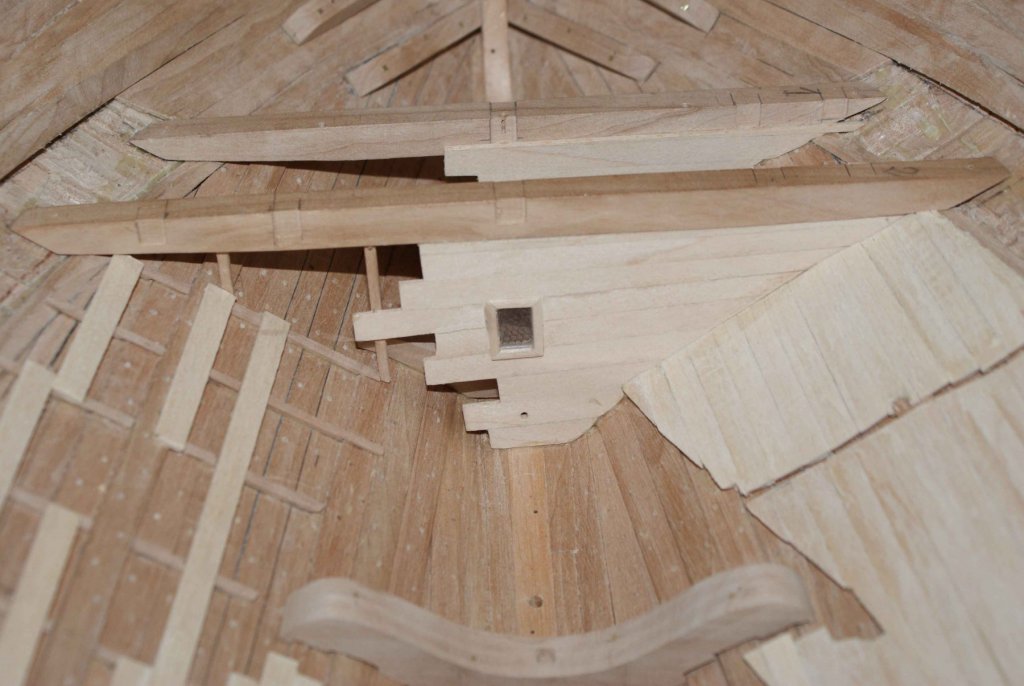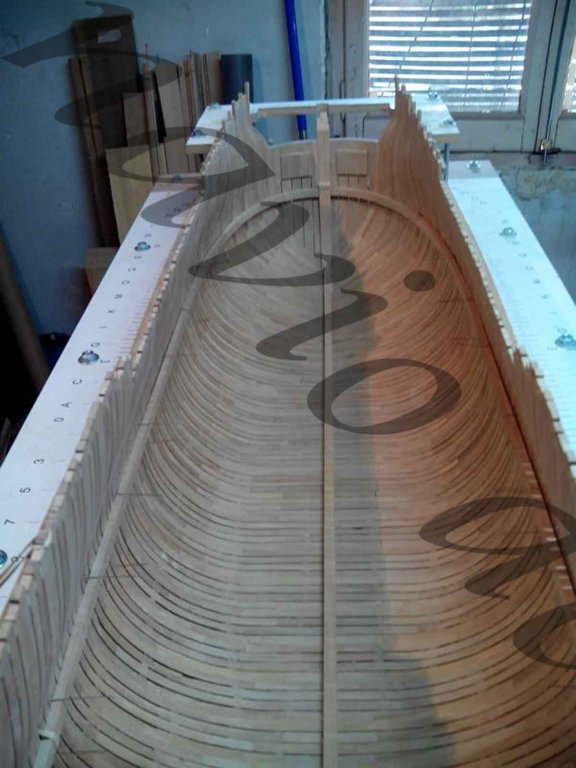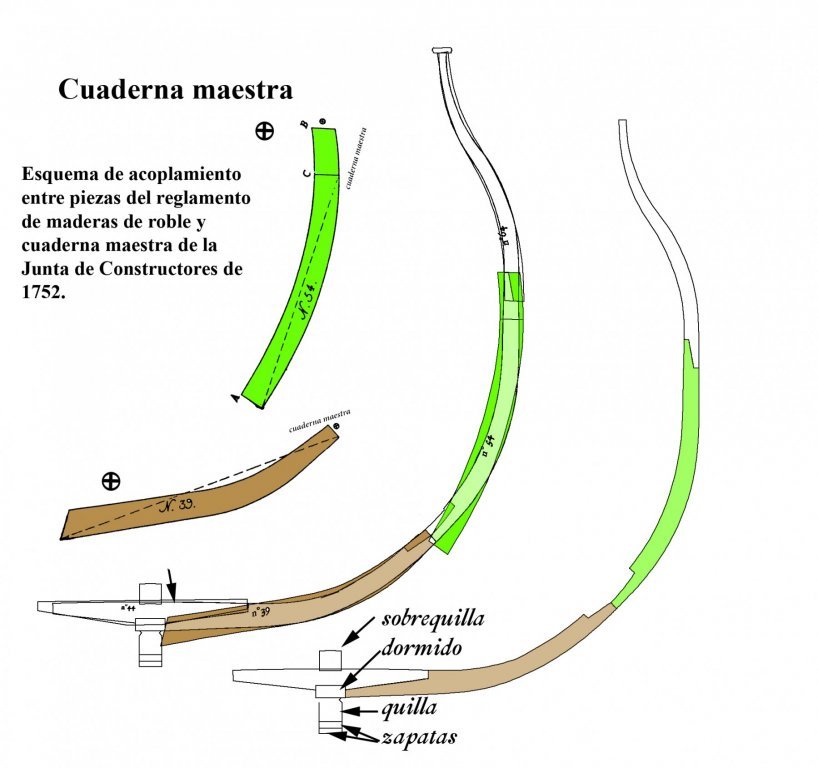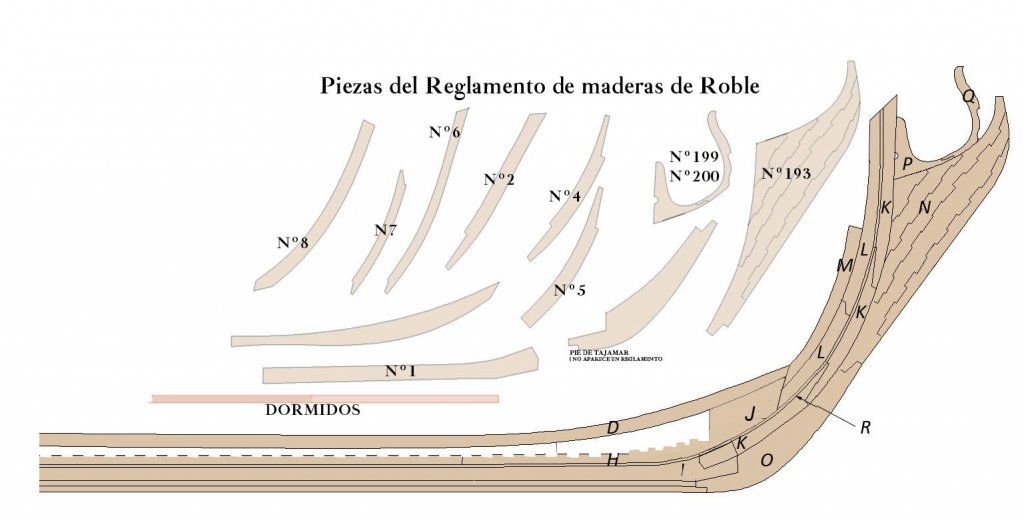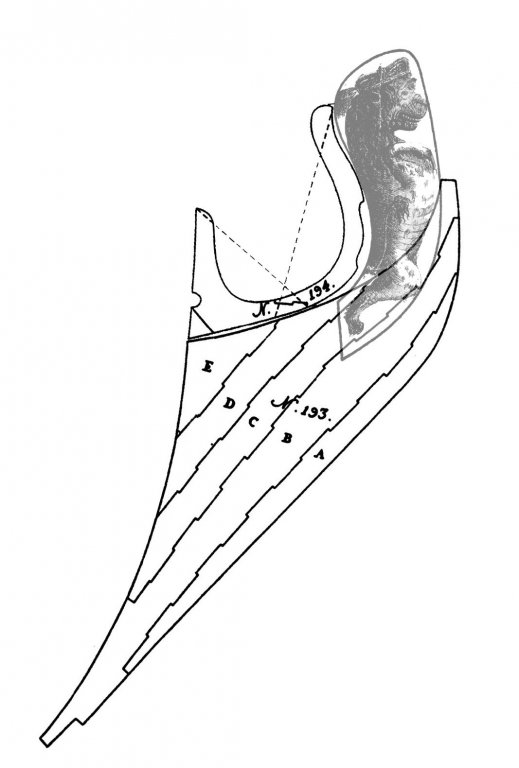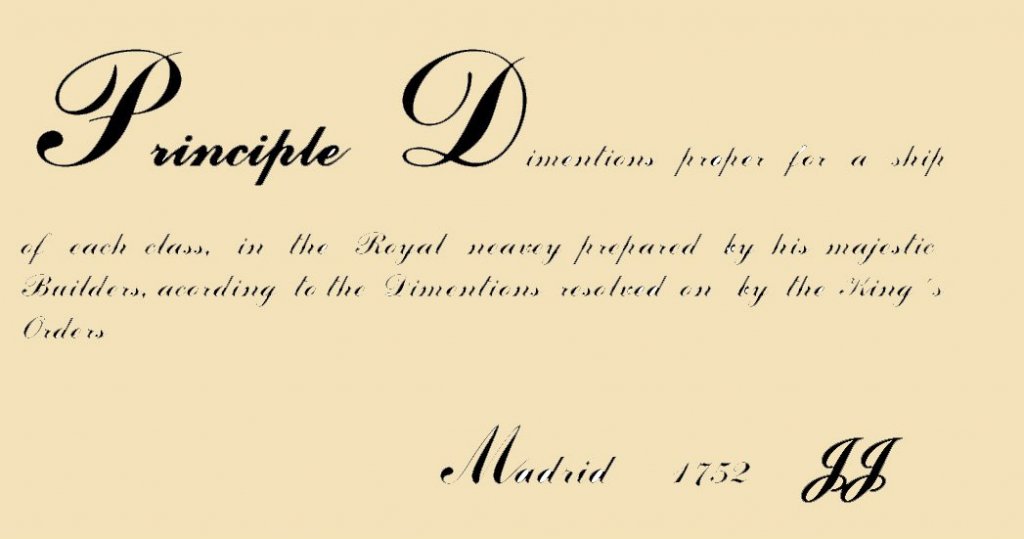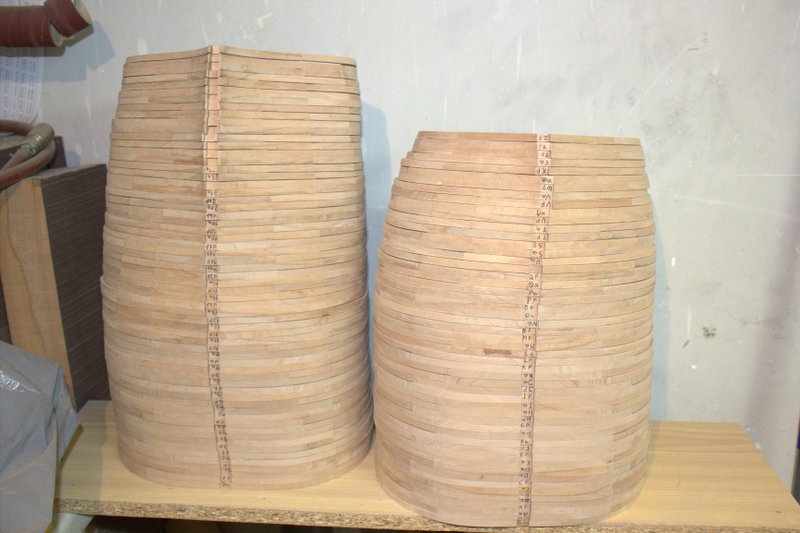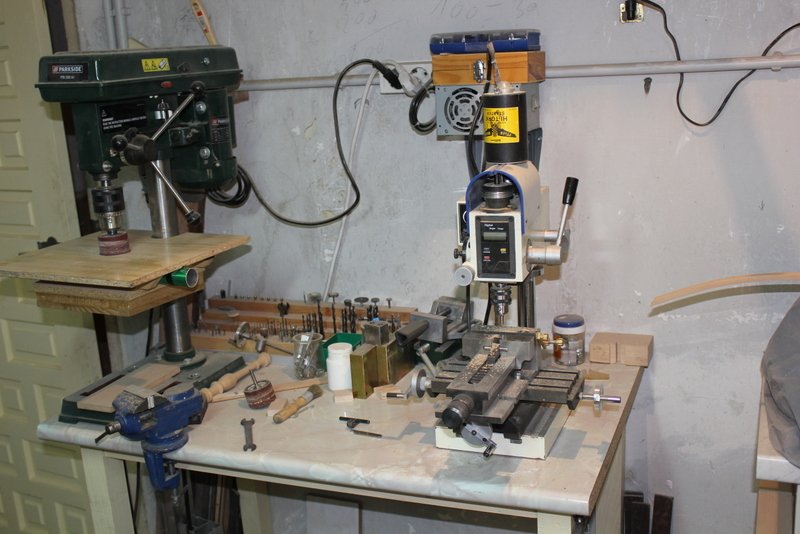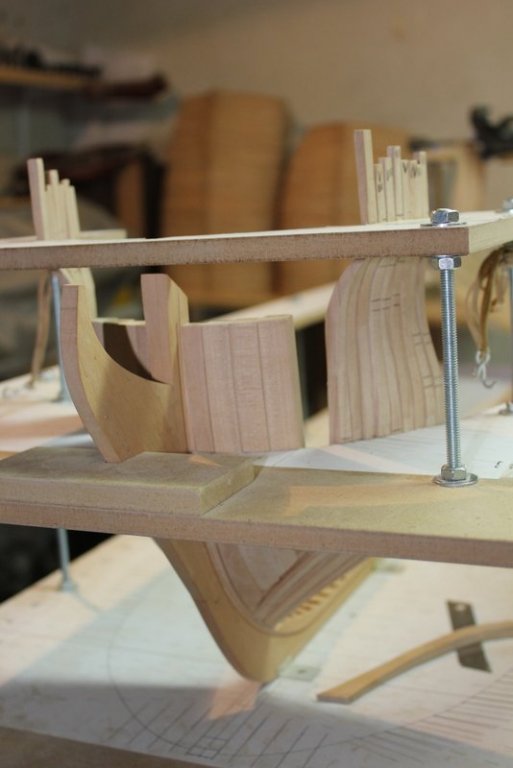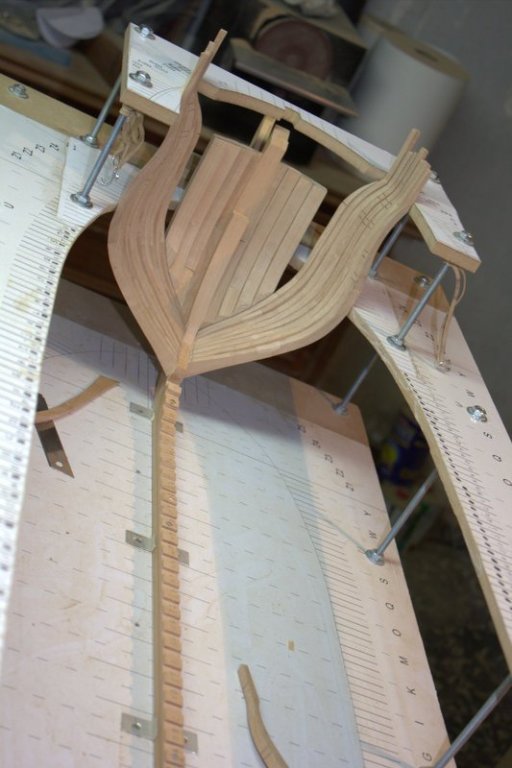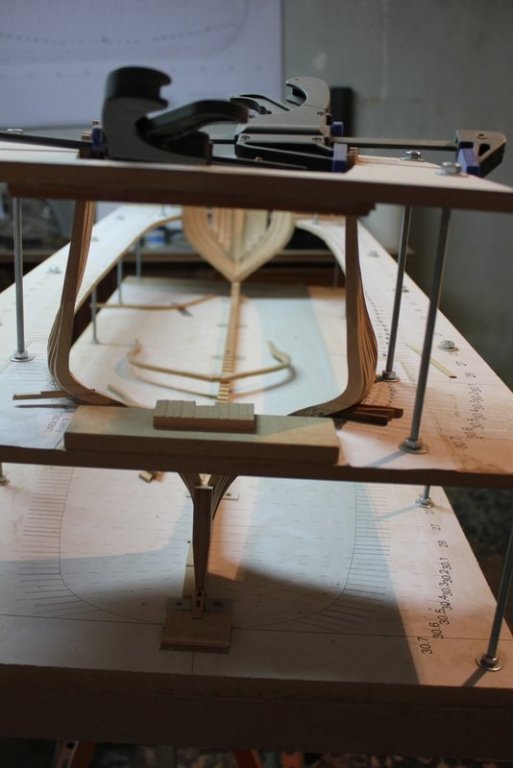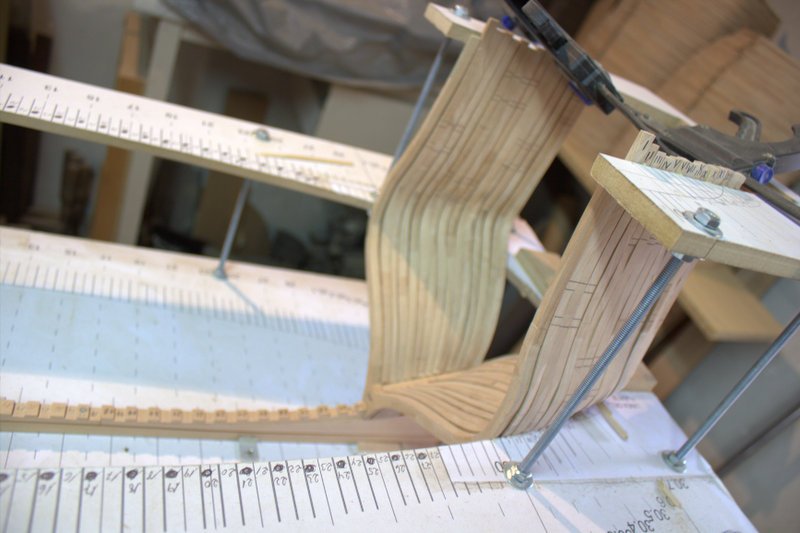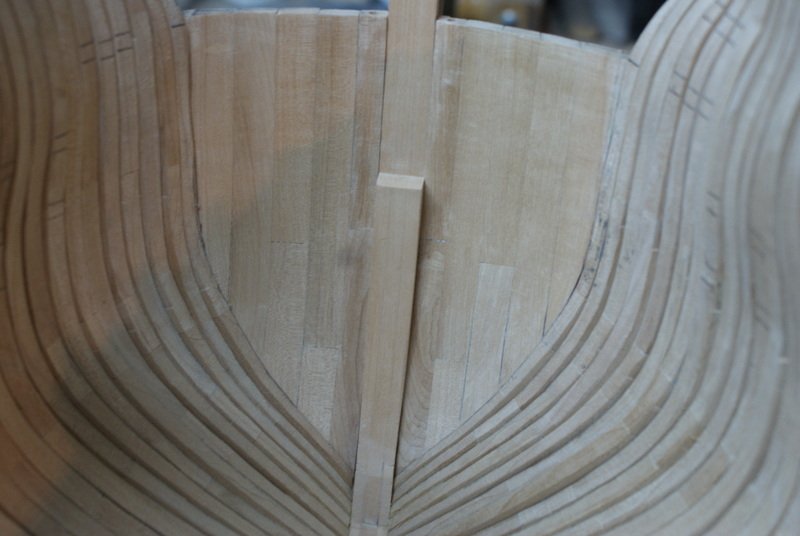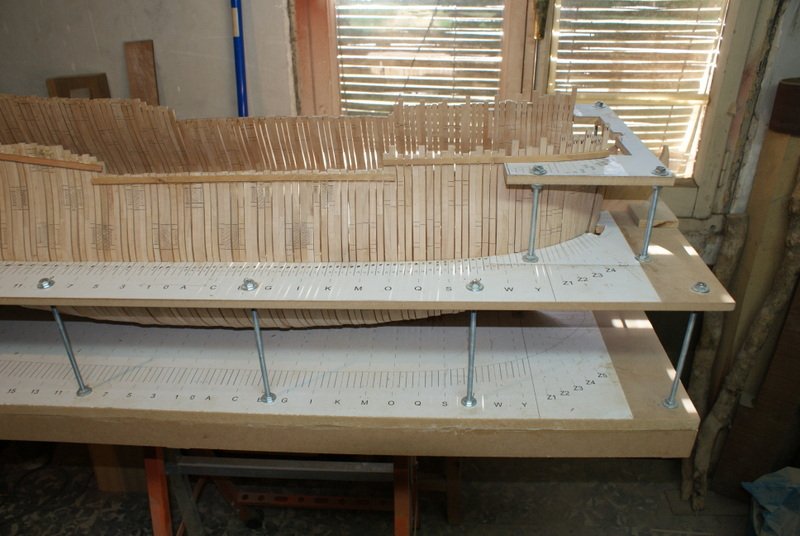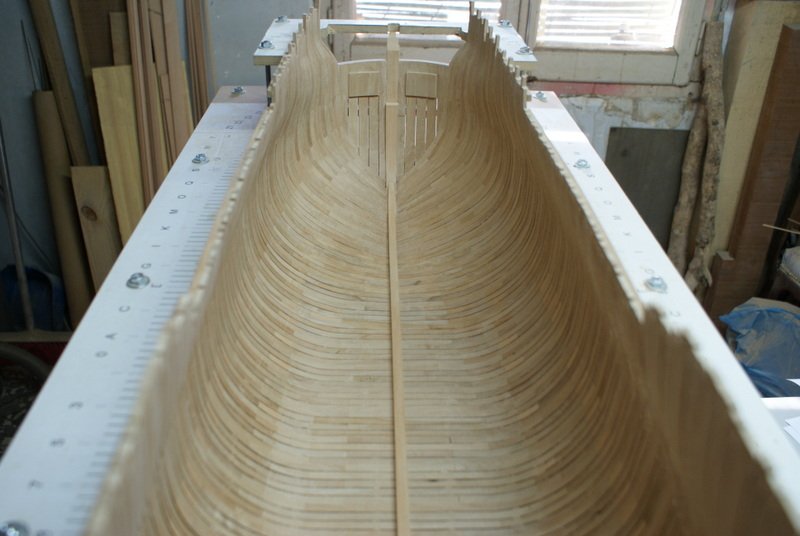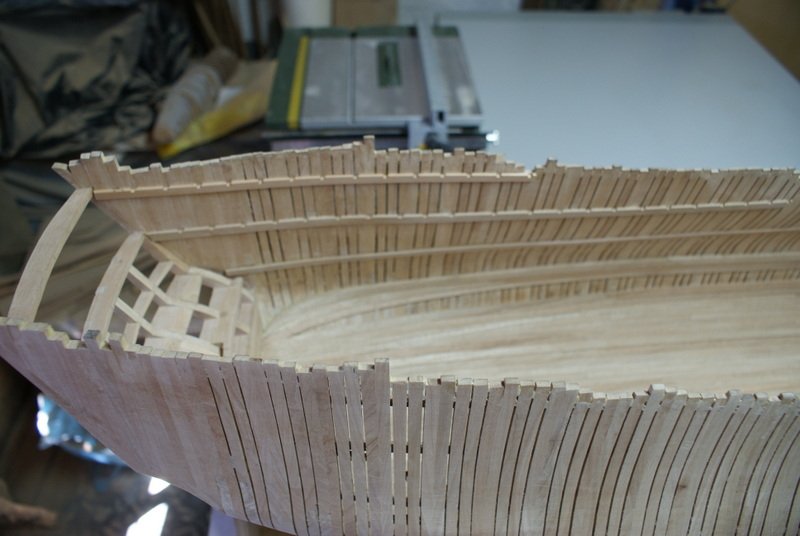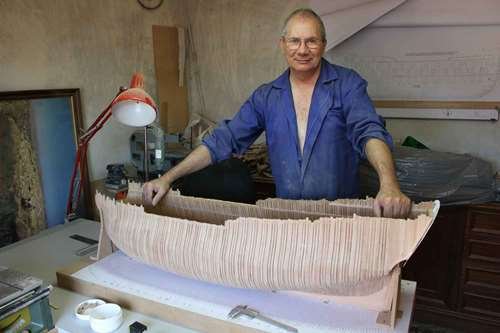
Isidro
Members-
Posts
36 -
Joined
-
Last visited
Content Type
Profiles
Forums
Gallery
Events
Everything posted by Isidro
-
The book of Spanish frigates of Enrique garcia Torralba is a good book although this one in phase of update (not yet published). You can get it for now, although in the old edition. Enrique Garcia Torralba is a very good friend of mine. To have a Spanish vision of the Royal Spanish Armada, your book on the Navios of the Royal Navy is indispensable. It has been awarded several prizes and is the benchmark to learn about the history and characteristics of the main ships. If you only have a vision of the Spanish army by English, American or French historians and researchers, I think you lack the best. In all these years I have been able to prove that the knowledge of Spanish ships is very poor and full of topics, sometimes a caricature. so I encourage you to get the book in amazon they ask for the 353 euros but if you order directly from a Spanish bookstore the price drops to 45 euros plus shipping costs https://www.amazon.es/Navíos-Armada-1700-1860-Enrique-García-Torralba/dp/8493930342 http://www.nauticarobinson.com/libros/navios-de-la-real-armada-1700-1860/9788493930349/
-
Maneuvering the anchor cable to the main hatch and messenger to the main capstain, fixed to the cable with the nippers Messenger ready to pull the cable. nippers fitting (black thread) The manger (caja de aguas) has a special provision that you will not be used to seeing if you only read Ancre books, or follow Lavery or Goodwin. is taken from some models of this time of the Naval Museum of Madrid, which I advise you to visit
-
The Tiller ( barra del timon) , tiller rope (guardines del timon), sweep ( descanso de la caña del timon) according to the Spanish system of the mid-18th century. If you have seen the MONTAÑES sweep of my friend Amalio, (which can be seen in the MSW), you will notice that the system is different. in England there are also differences from 1773 when the Pollard´s system begins. In this model, the system is simpler, as corresponds to a Spanish ship from the mid-18th century. the last pulley is fastened in the stern of the entrance to the cabin of the midshipmen note you can see the bulkhead of the Santabarbara on starboard, raised to the beams of the second deck in the penultimate photo
-
if we continue forward we reach the bulkhead of the "santa barbara" that separates the ranch from the santabarbara from the rest of the ship. the "santabarbara" is a camera for officers of the sea, who has the hatch to go down to the dustbin, the hatch of the powder lantern. In the English ships, the powder room is in the bow and everything is different to what you will be used to. the name of santabarbara comes to be a saint, patron of the artillery That bulkhead is folded upwards in case the commander gave the order: "ZAFARANCHO DE COMBATE" Combat duty? zafa means clear rancho means camera combate means fight the hinges are made with gravure and are a couple of millimeters this bulkhead only has one door on the port side
-
In the stern the cabins of the chaplains that in the Spanish navy of that time in addition to carrying out the religious services are in charge of the care of the sick or wounded crew, doing the functions of nursing and helping the surgeon. the starboard side only has the structure of the staterooms, the port side has the stateroom cabin
-
The chain pumps are only similar to the English but they have differences in the cistern, and in the elm wood tubes. they would really be similar to some English models of the mid-18th century, and quite different from those described by current English authors, who always draw chain pumps at the end of the 18th century.
-
more details I do not know if the translation is correct, just in case I put the original Spanish name a escotilla pañol del farol- light room hatch? b escotilla pañol condestable -- master gunner room hatch? c escotilla viveres--- store room hatch? d pozo de bombas pump well and shot lockers e escotilla principal main hatch f escotilla de proa--bow hatch?
-
the external fixation of the bolting of the tackles of "spanish way XVIII" top bolt for muzzle tackle two bolts on each side for breechings (two breechings are used in case of combat) another bolt for gun tackle (in the photo the cannon is stowed and only uses one breeching) In addition to using a muzzle lashing tackle, in Spain, a muzzle tackle is used. (the muzzle tackle is the train tackle moved)
-
You will see that although it might seem similar to an English ship, you will find quite a few differences inside the ship. and also in the length with respect to an English ship of the same number of guns. In general, the internal structure of a Spanish ship is different from the English one. the dustbin locker is located in the stern, in the English ships it is in the prow. I'll put pictures, you can ask me questions if you want
-
Here I put some drawings of my book that explain some pieces of the model. the pieces are taken from the regulation of 1752 oak woods, which has drawn all the silhouettes of the pieces. the regulation of oak woods is a complete book, but in my book of the ship of 68 cannons I digitized and cleaned it, I put a picture of the set of pieces. These regulations were always ignored by non-Spanish researchers. and they are a great source of knowledge
-
Once all the frames were built, a first sanding job was carried out. According to one knows of the English system of construction of that time, according to the book of another spy, this time French (blaise ollivier 1737) between two "account" frames (I do not know the term in English). there are three filler frames in which the bow part of the frame is not attached to the stern part. also the space between frames in these ships is minimal in the area attached to the keel no frame has its bolted pieces, according to the Spanish writings of that time, in my plans we chose to have only one filler frame. the assembly started in the bow, which is classic of the Spanish system and also of the English, and different from the French system type "orange segments" then they go hemi-frames inclined. as the years passed, the number of crooked frames increased. in the stern the corresponding parts are placed, in Spanish it is the "peto de popa" with the "gambotas" You can see Jose_toledo proud of our work.
About us
Modelshipworld - Advancing Ship Modeling through Research
SSL Secured
Your security is important for us so this Website is SSL-Secured
NRG Mailing Address
Nautical Research Guild
237 South Lincoln Street
Westmont IL, 60559-1917
Model Ship World ® and the MSW logo are Registered Trademarks, and belong to the Nautical Research Guild (United States Patent and Trademark Office: No. 6,929,264 & No. 6,929,274, registered Dec. 20, 2022)
Helpful Links
About the NRG
If you enjoy building ship models that are historically accurate as well as beautiful, then The Nautical Research Guild (NRG) is just right for you.
The Guild is a non-profit educational organization whose mission is to “Advance Ship Modeling Through Research”. We provide support to our members in their efforts to raise the quality of their model ships.
The Nautical Research Guild has published our world-renowned quarterly magazine, The Nautical Research Journal, since 1955. The pages of the Journal are full of articles by accomplished ship modelers who show you how they create those exquisite details on their models, and by maritime historians who show you the correct details to build. The Journal is available in both print and digital editions. Go to the NRG web site (www.thenrg.org) to download a complimentary digital copy of the Journal. The NRG also publishes plan sets, books and compilations of back issues of the Journal and the former Ships in Scale and Model Ship Builder magazines.


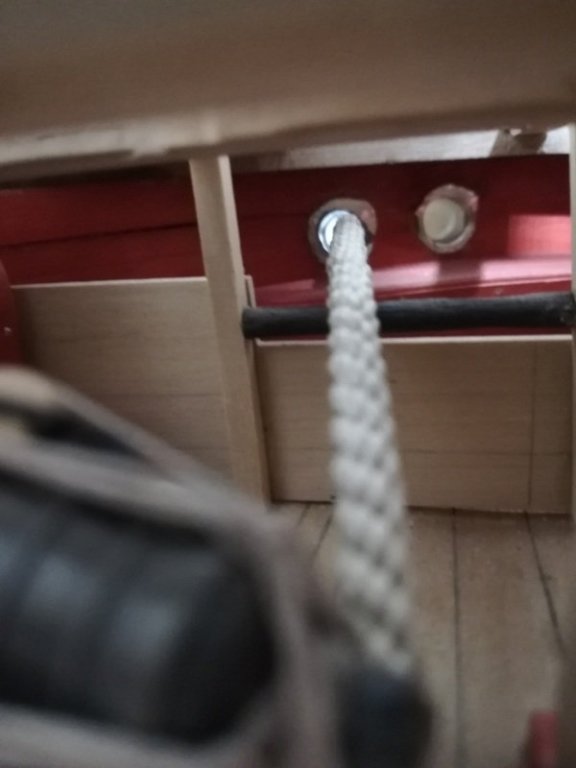

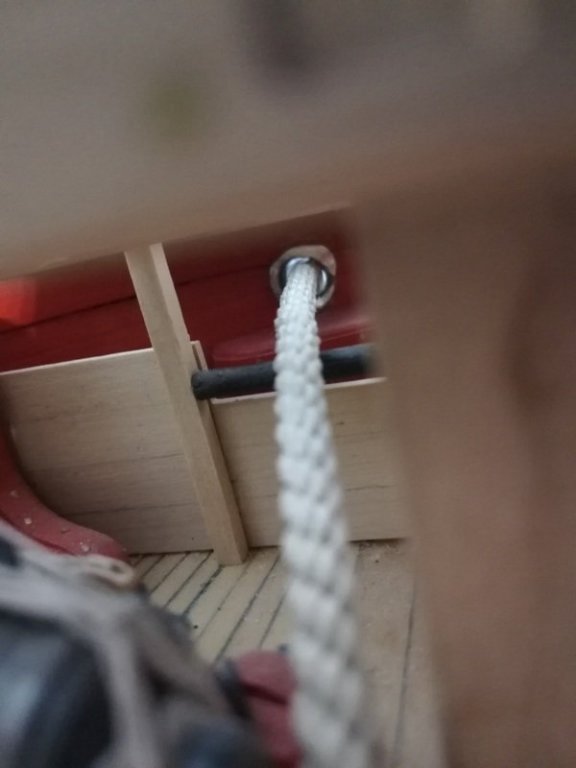

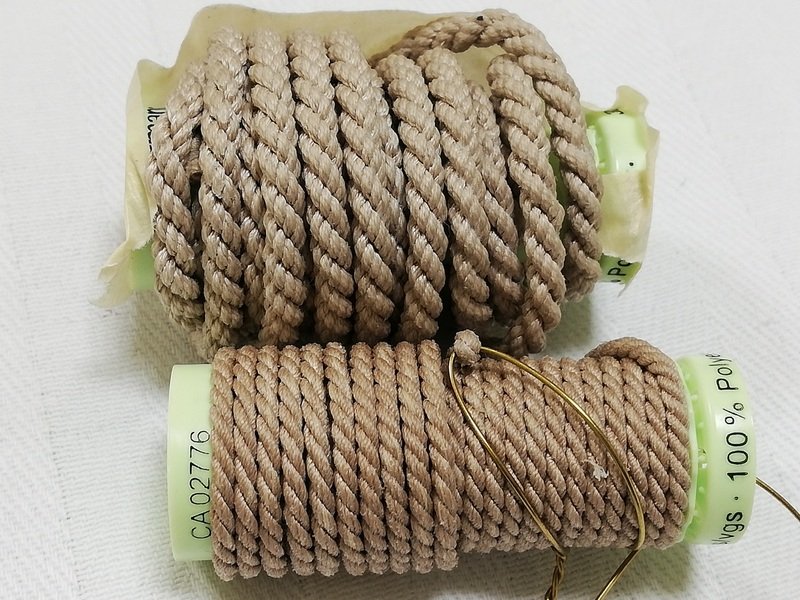
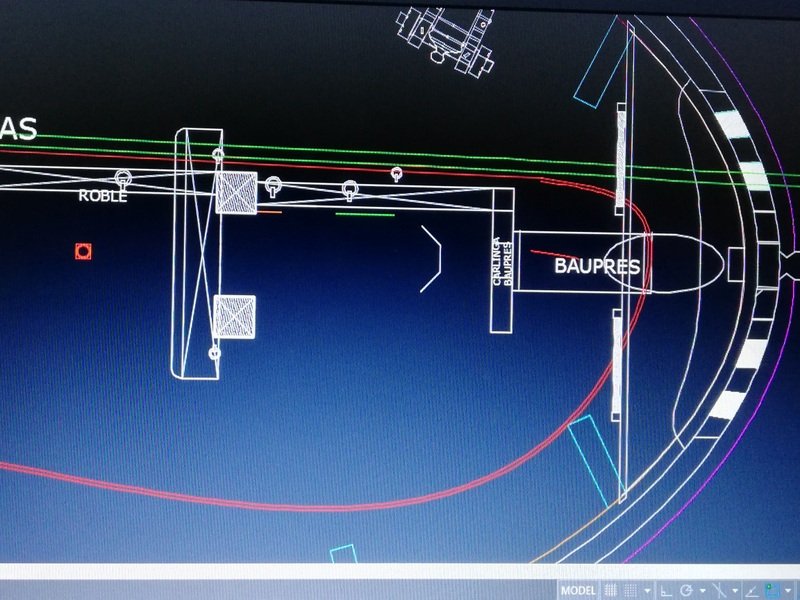
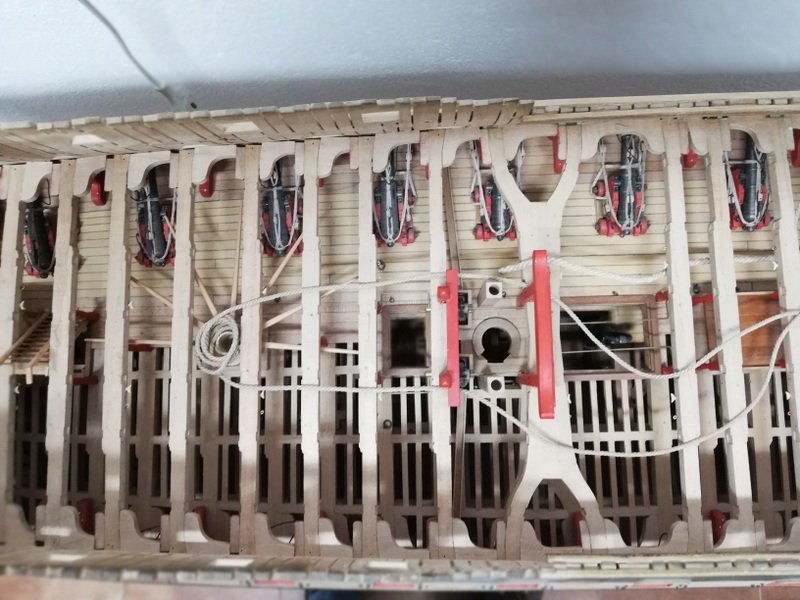

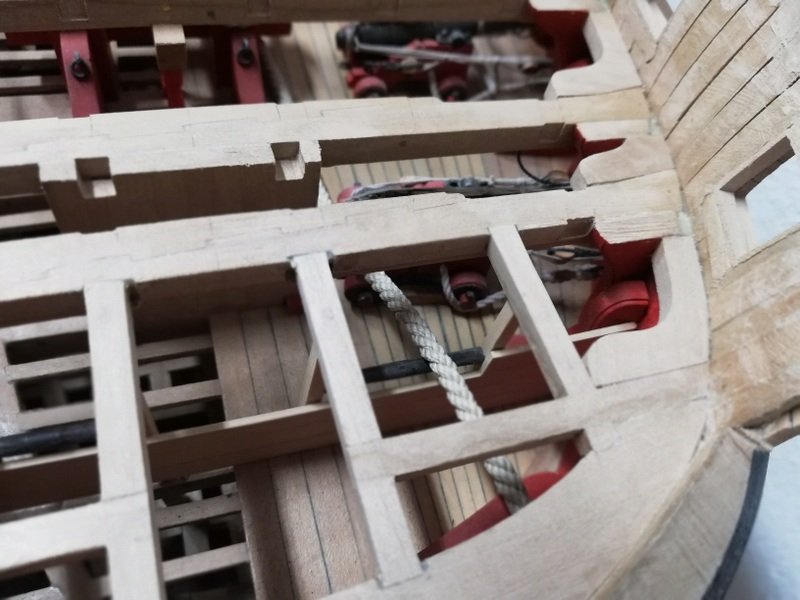
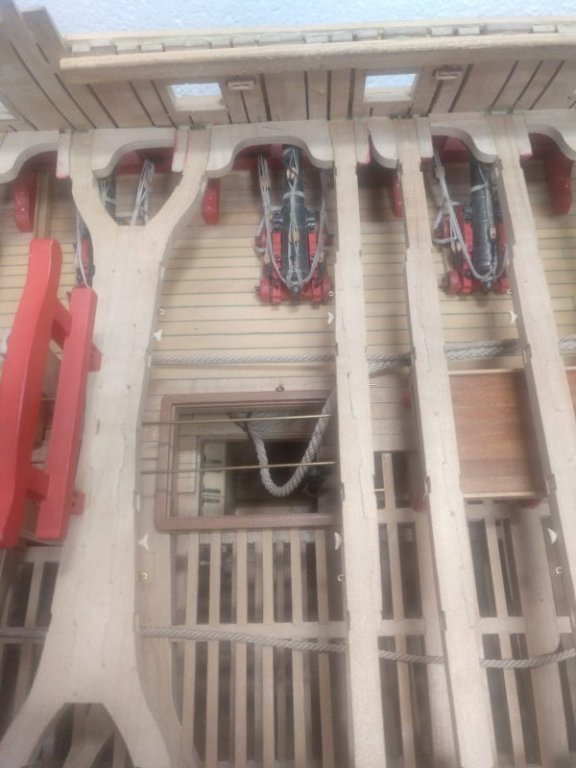
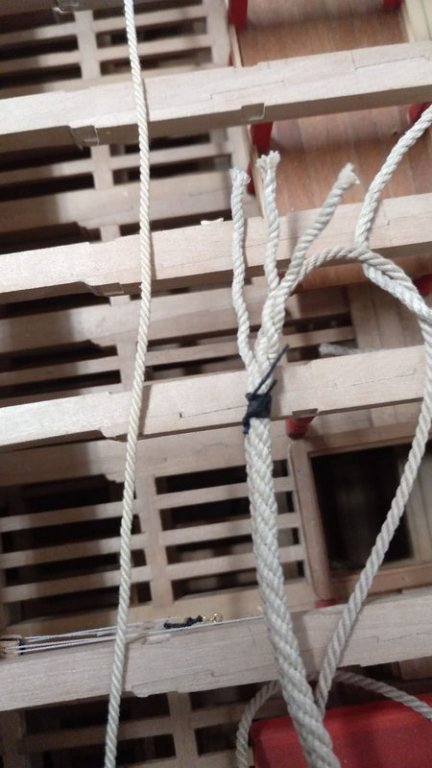
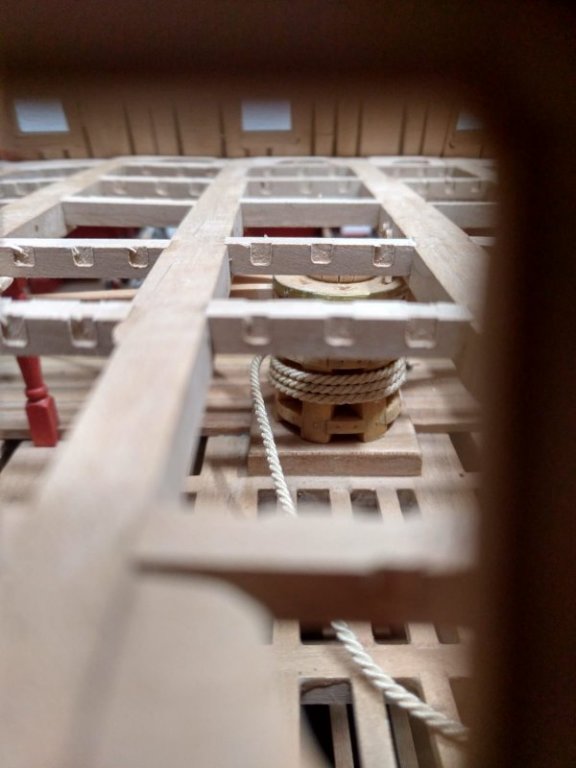
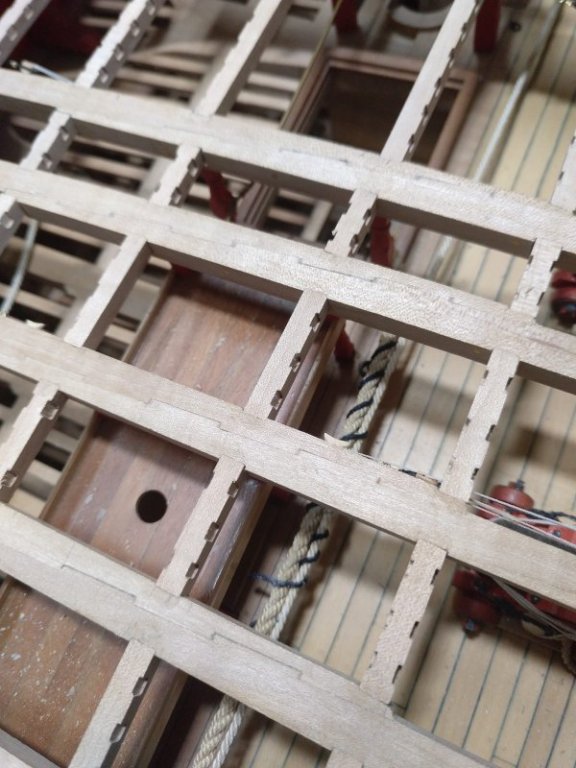
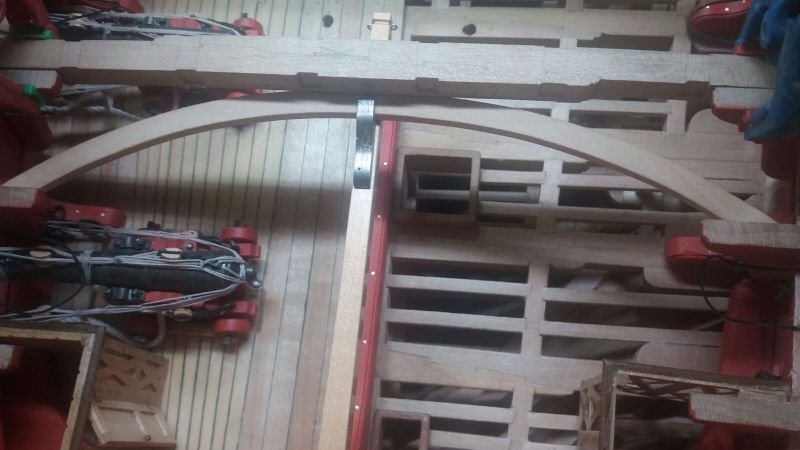
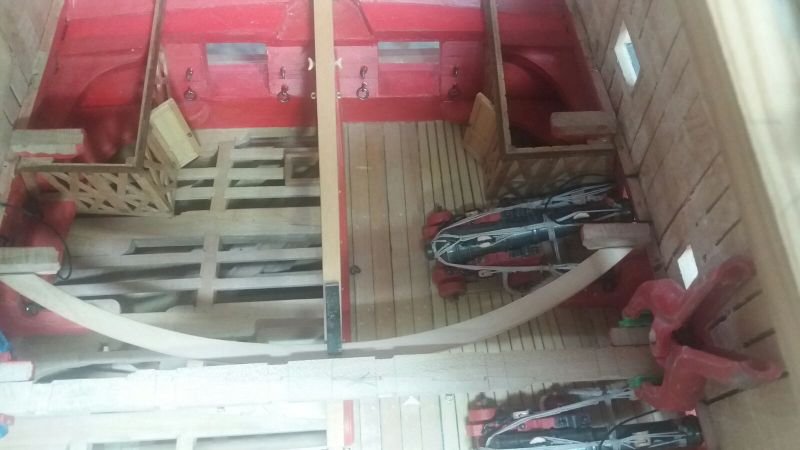
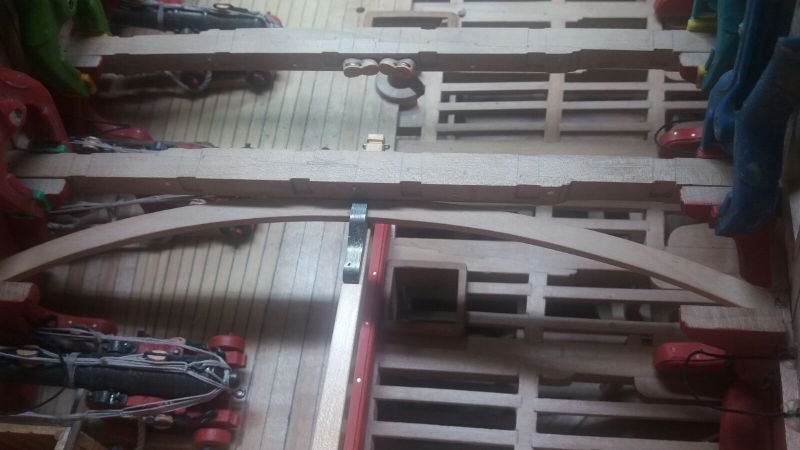
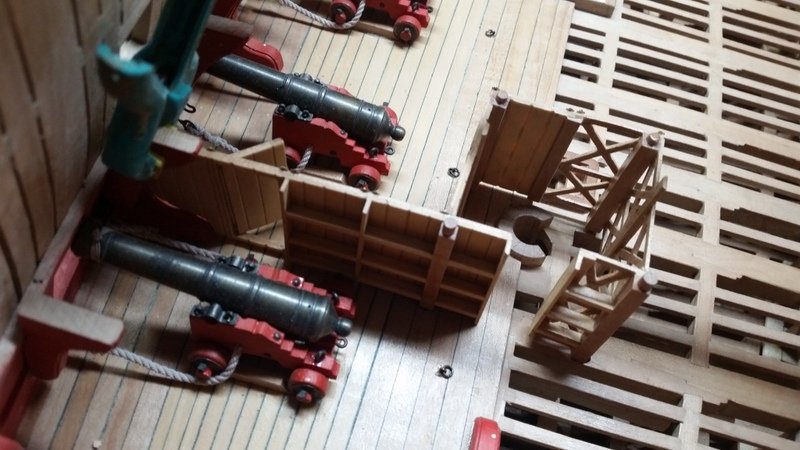
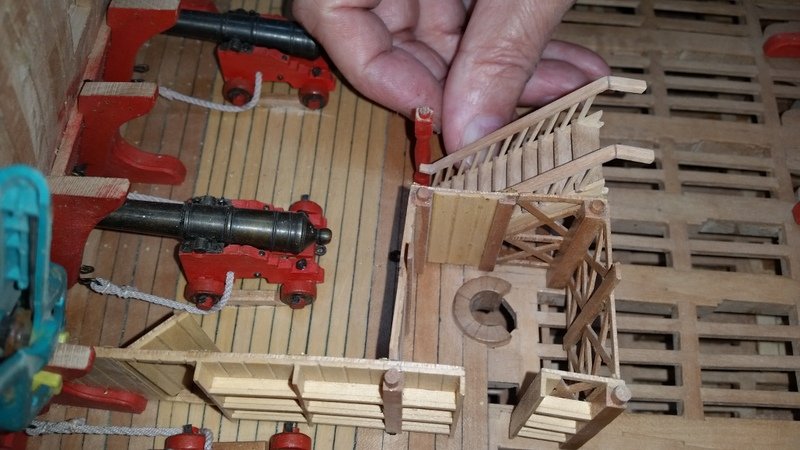
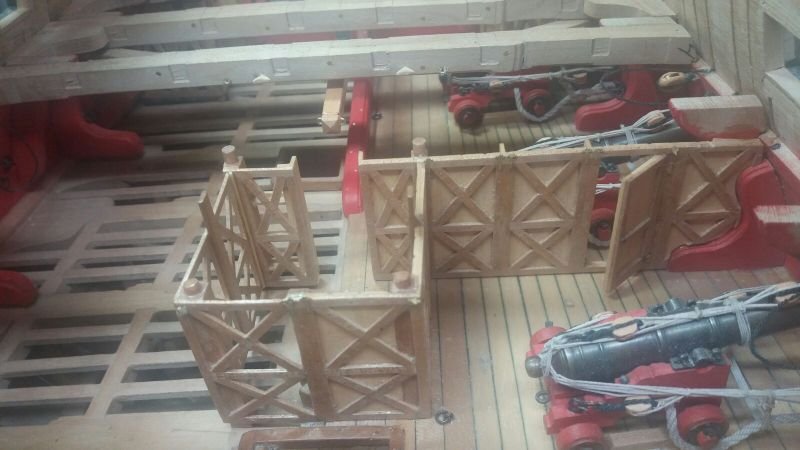
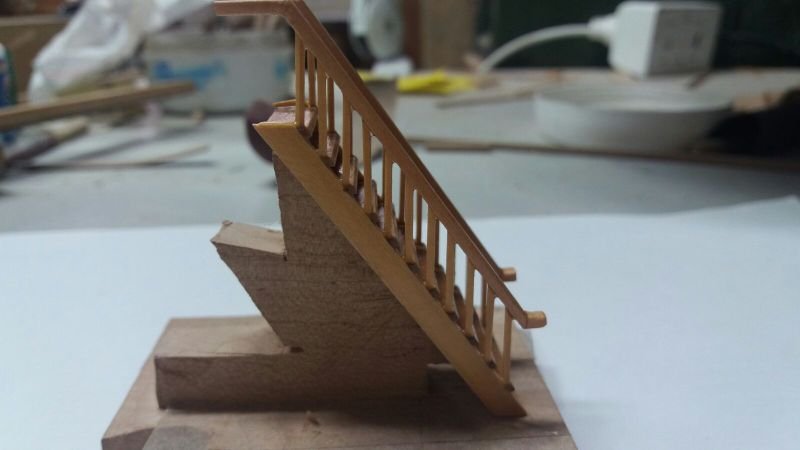
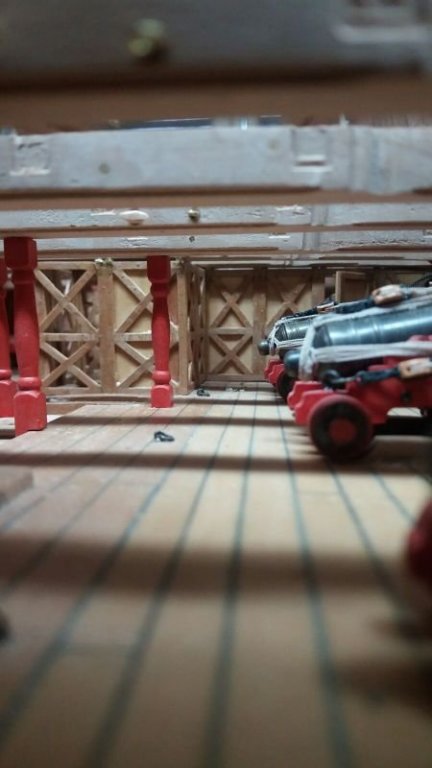
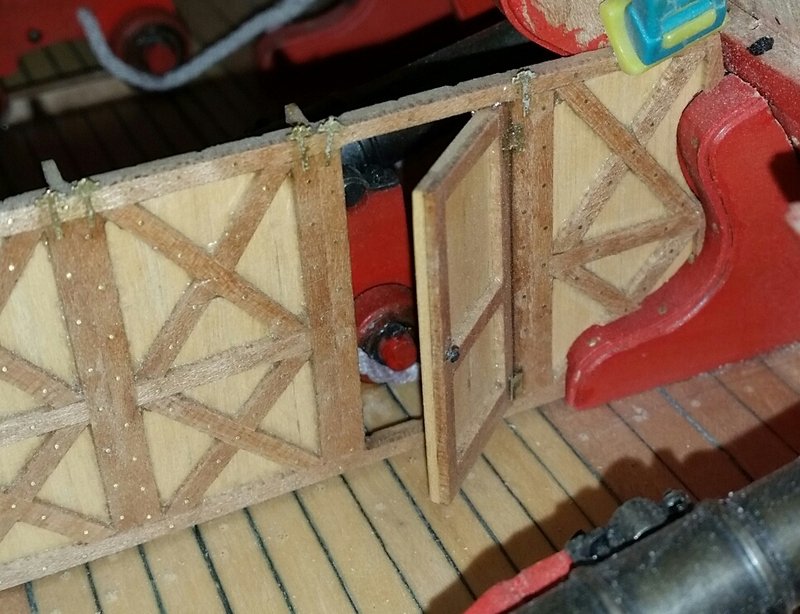
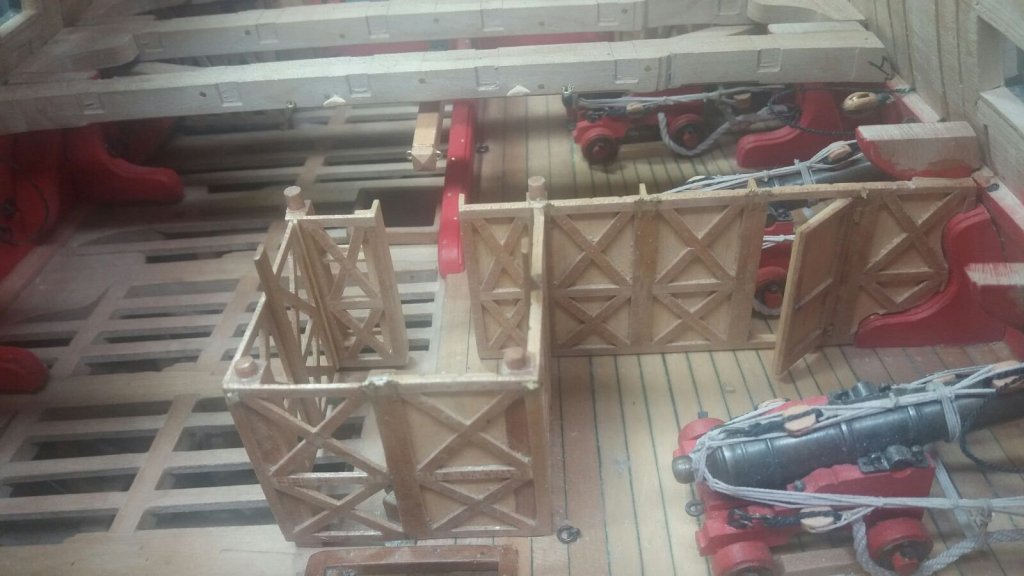
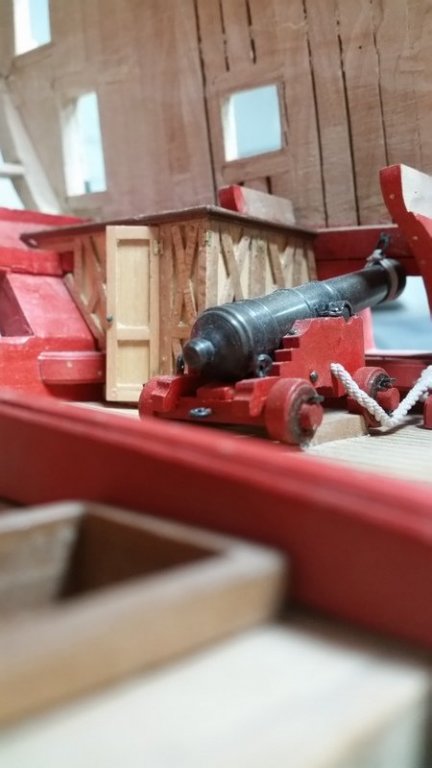
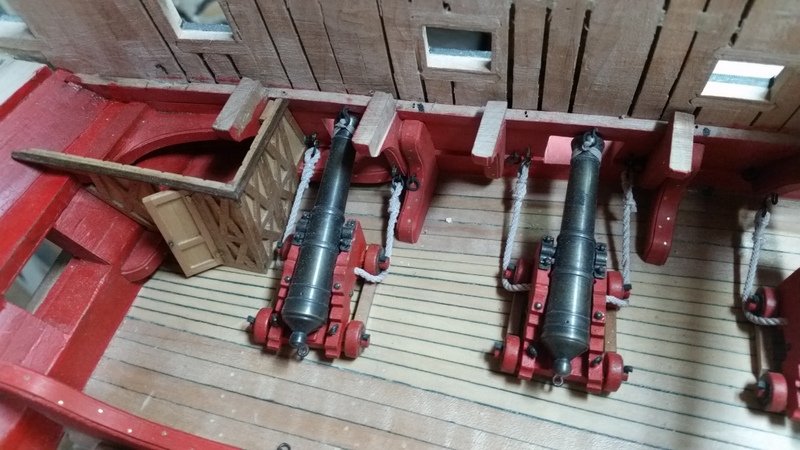
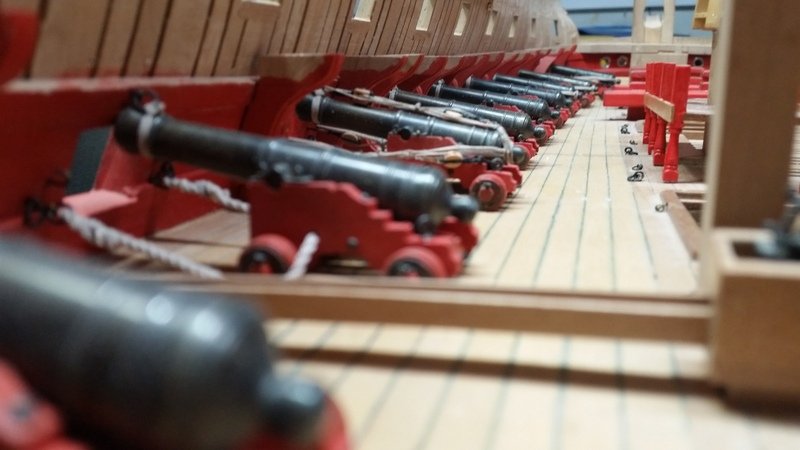
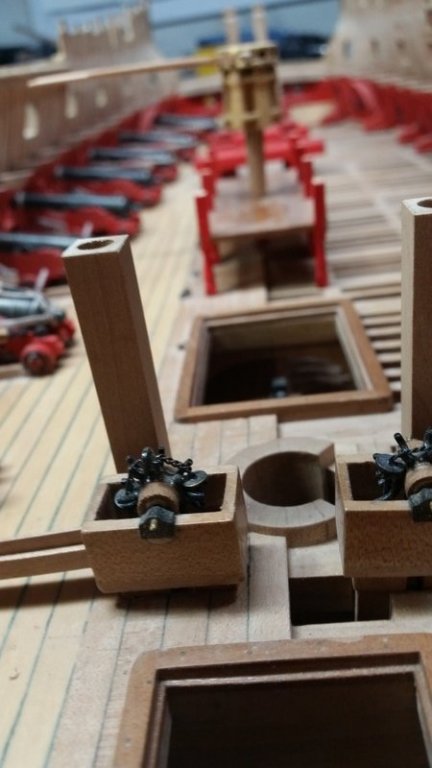
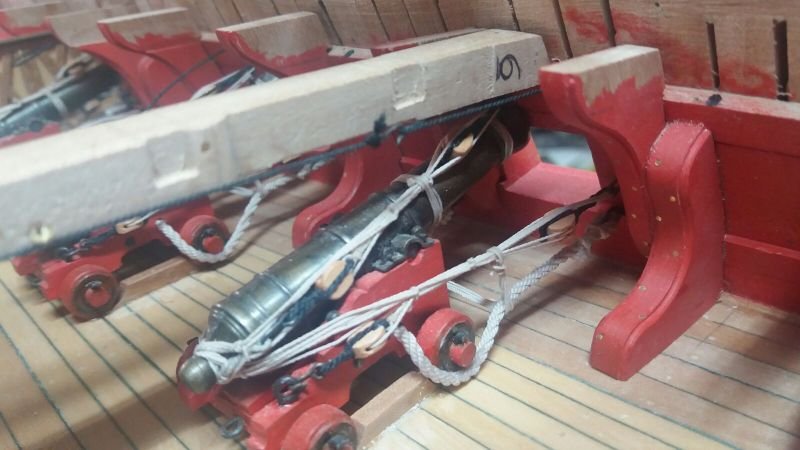
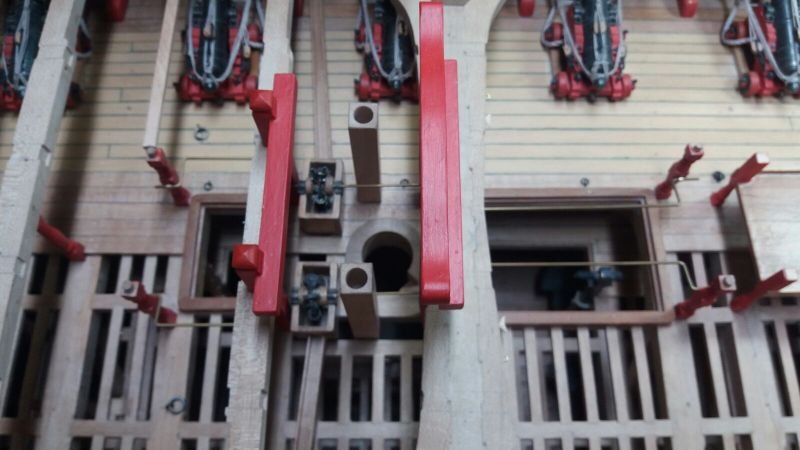
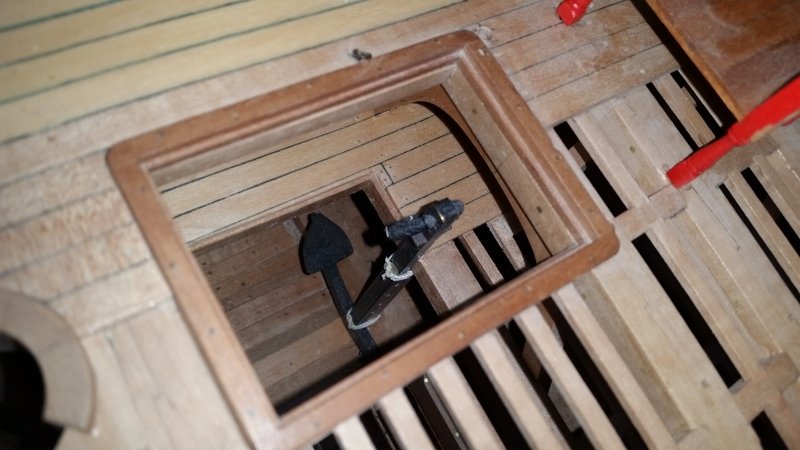
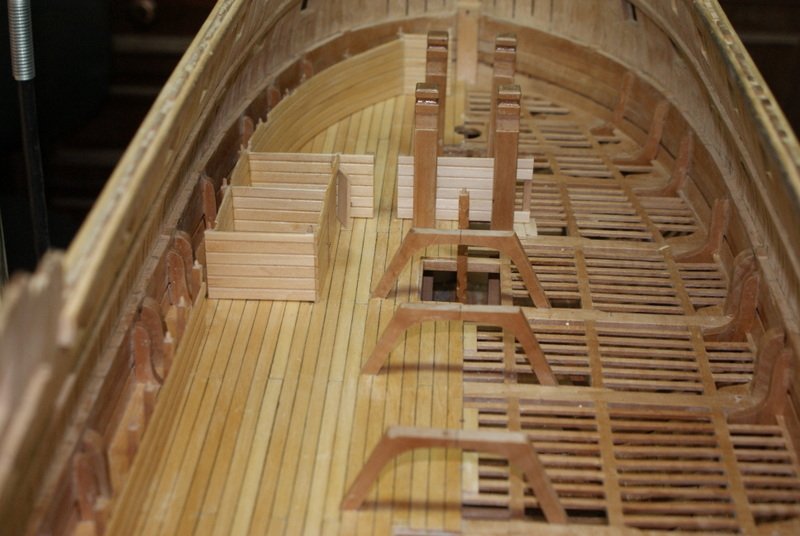

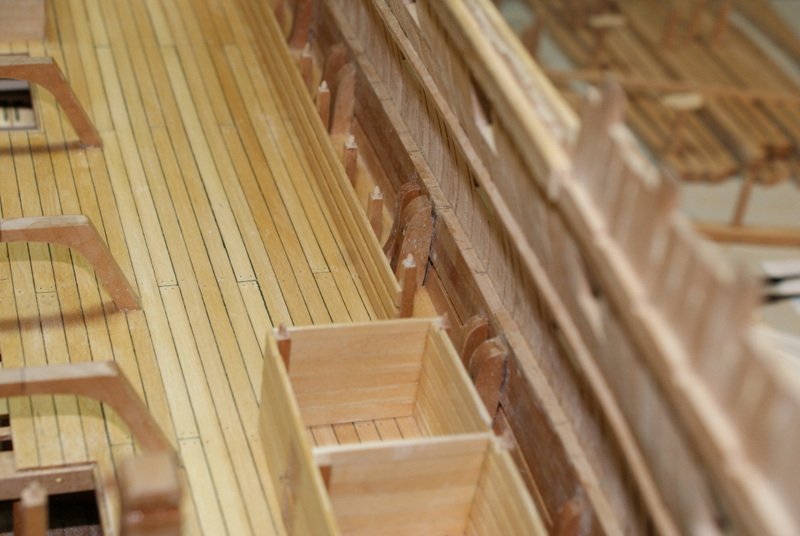
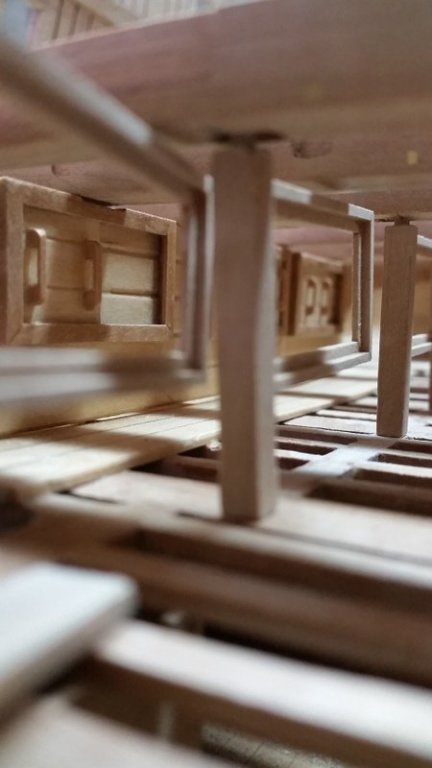
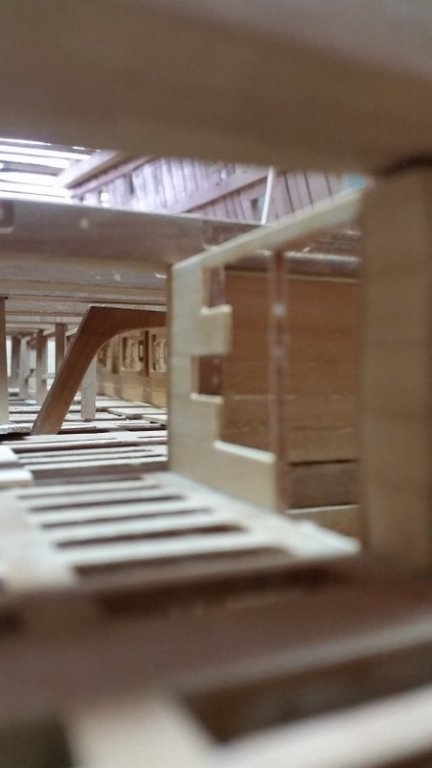
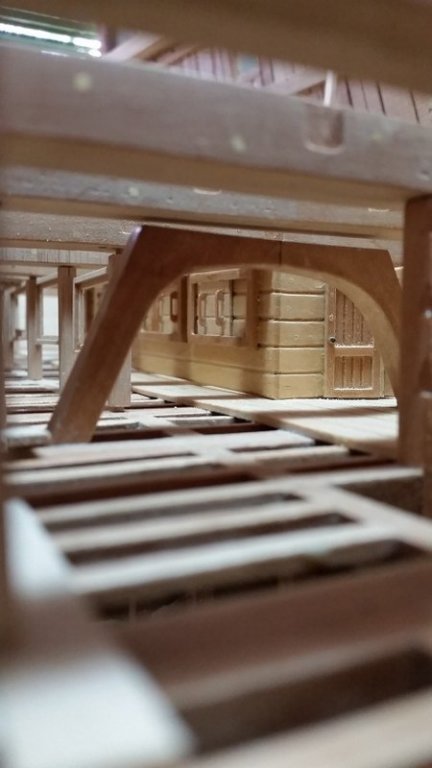
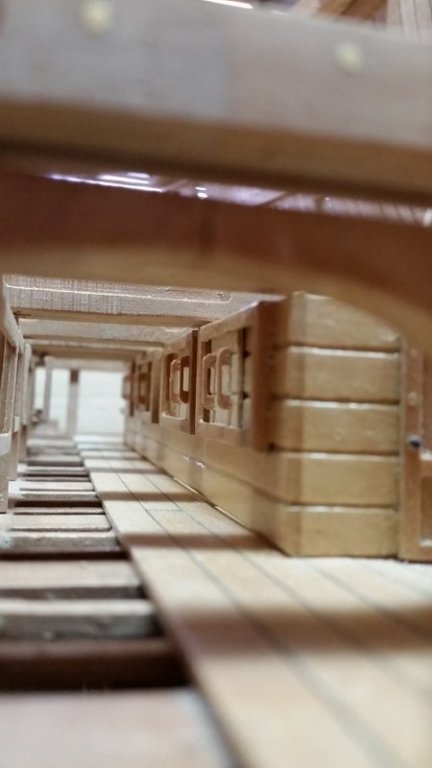
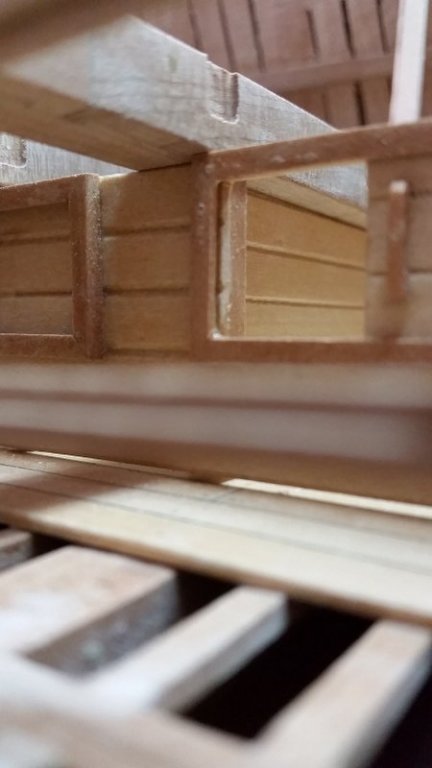
.jpg.e8002cc09cdd4b87fab1ffbd02e7fd1c.jpg)
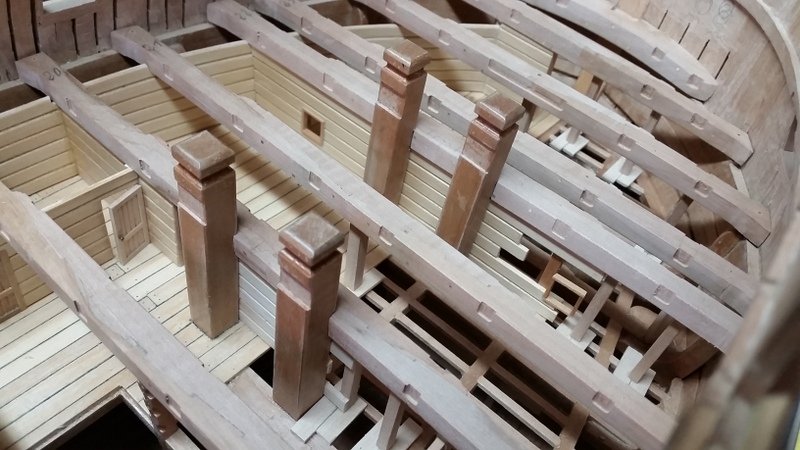
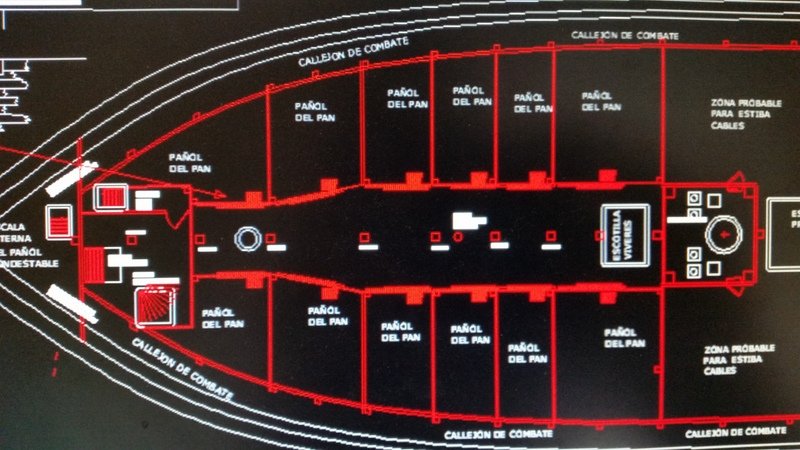
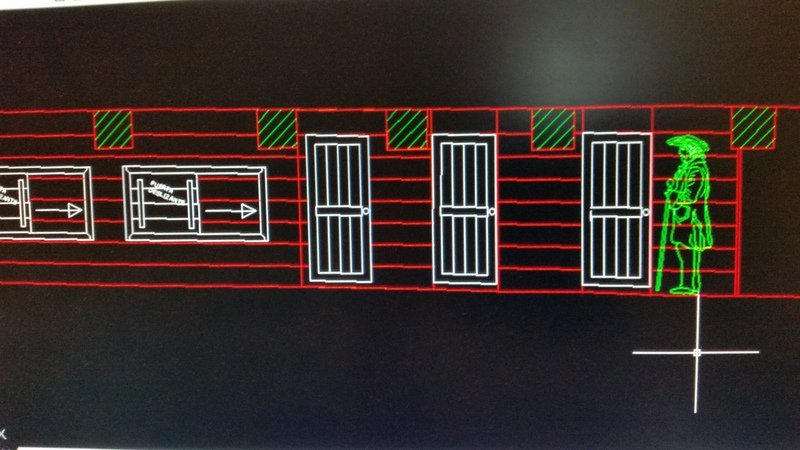
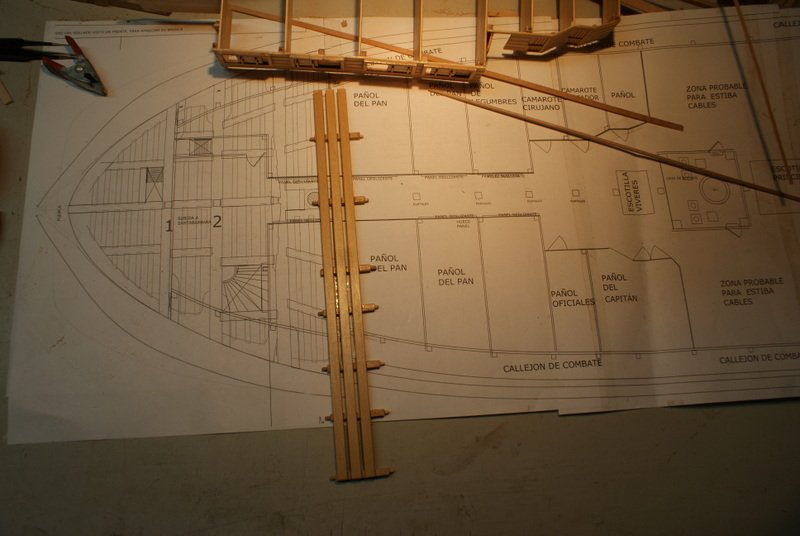
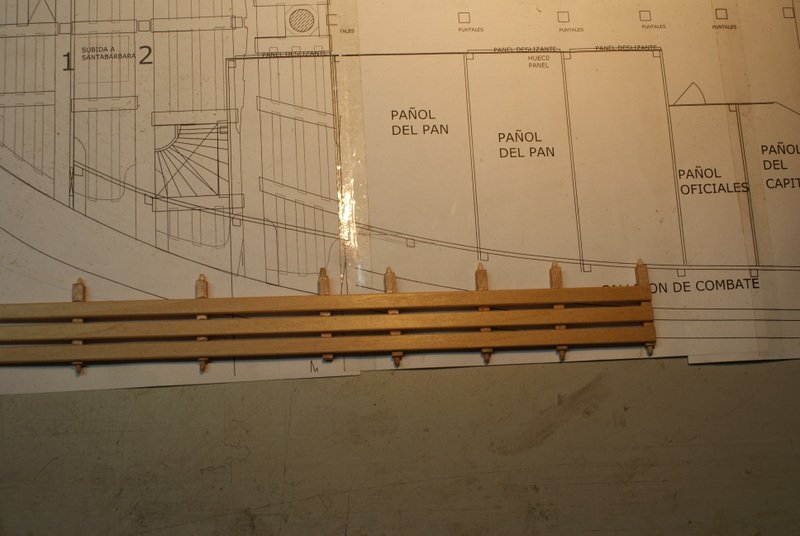
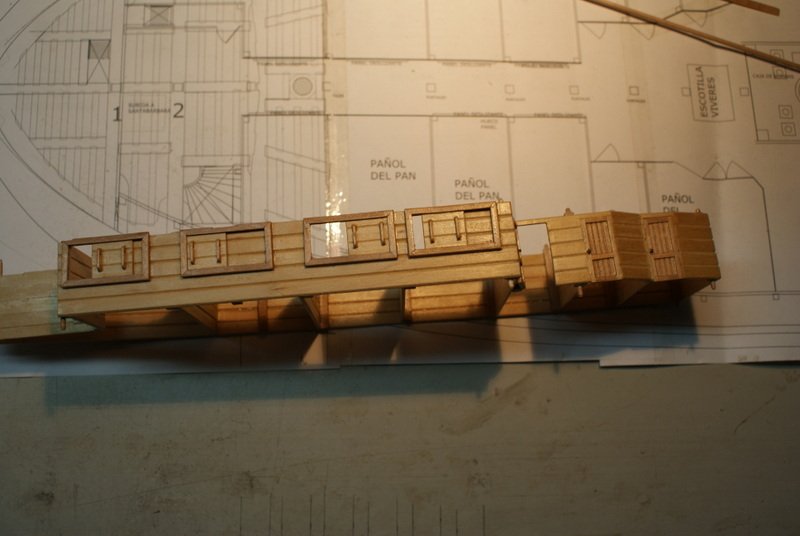
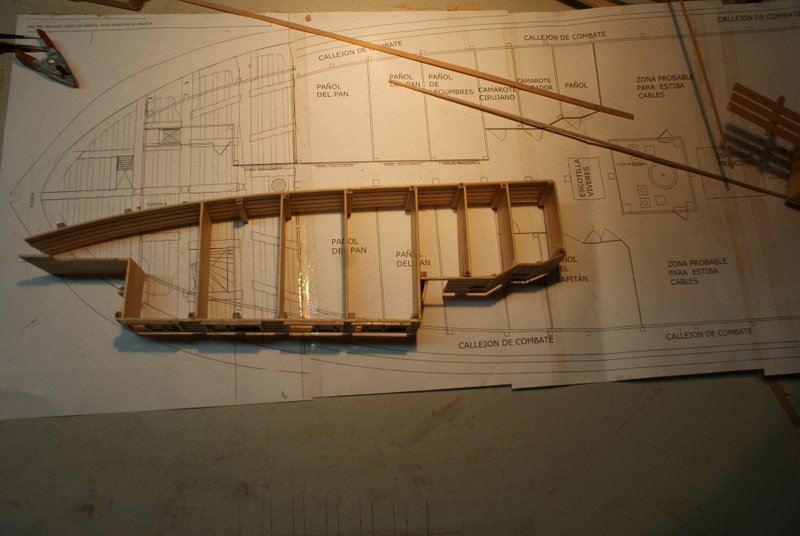
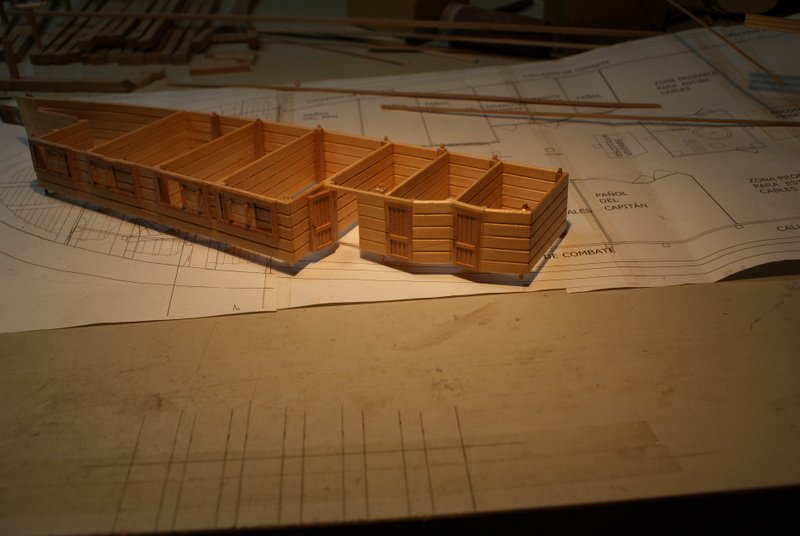
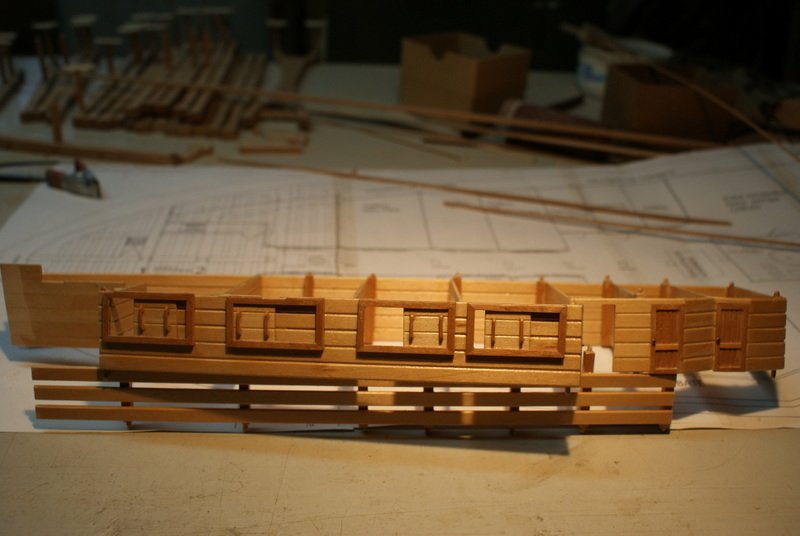
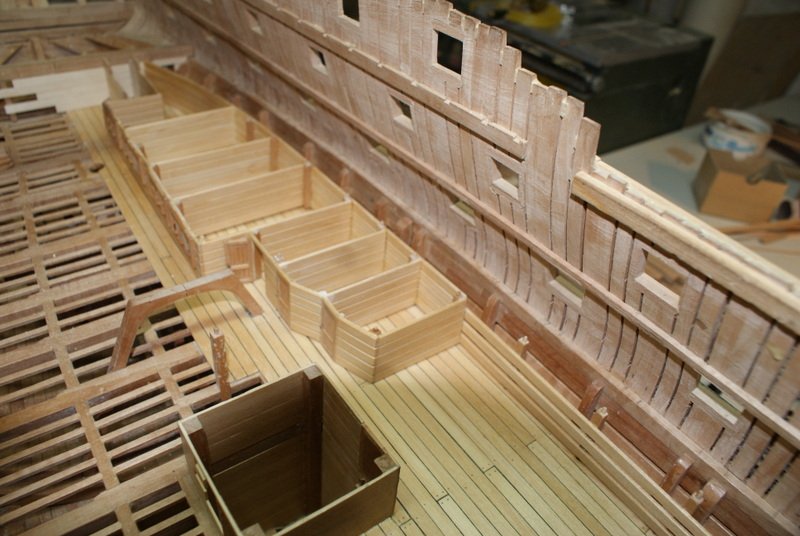
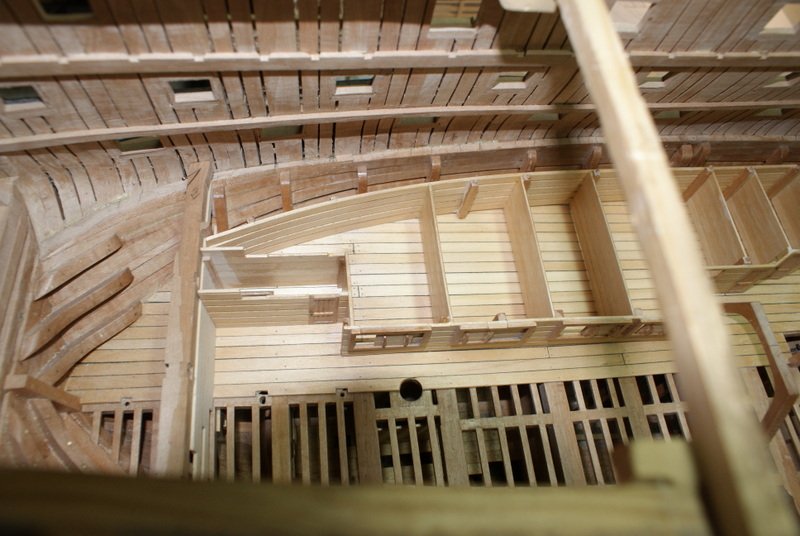
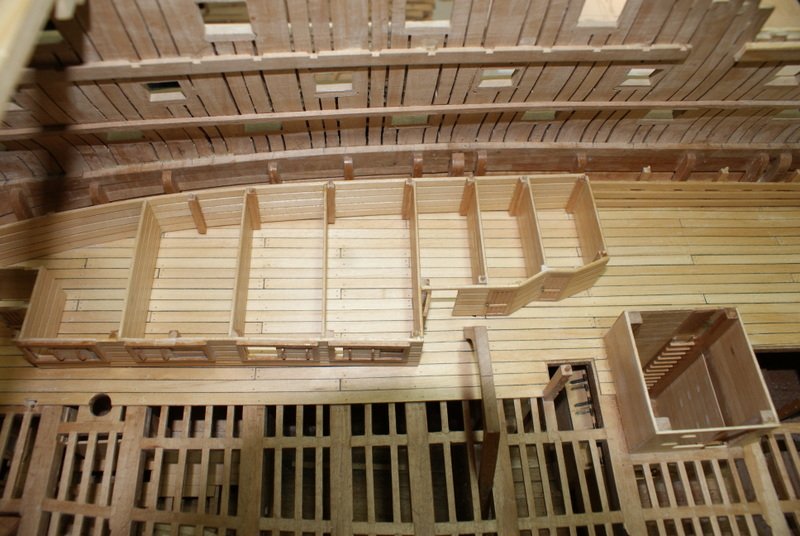
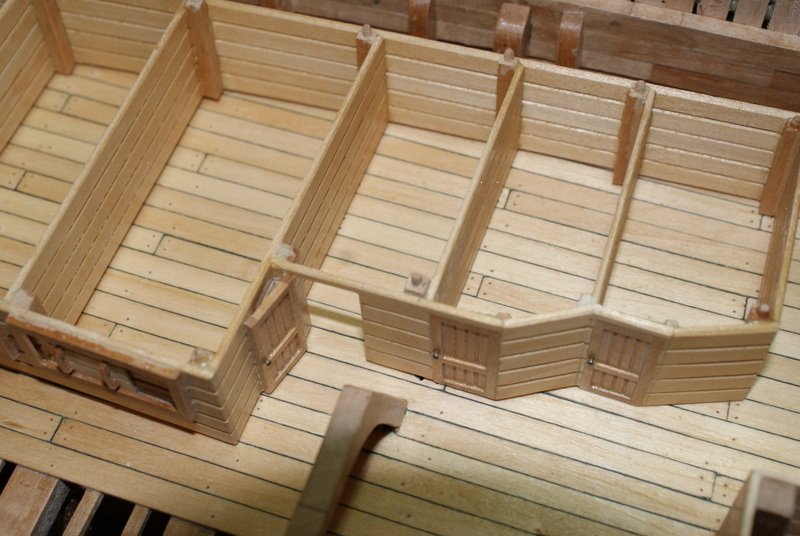
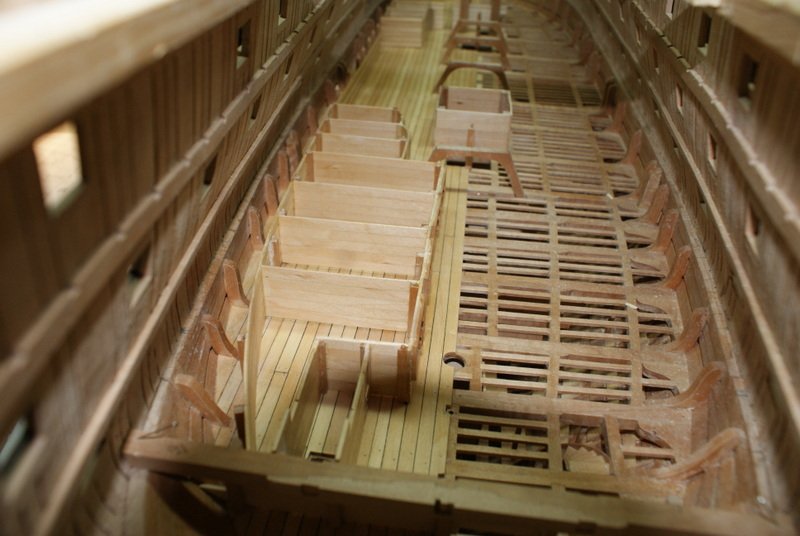
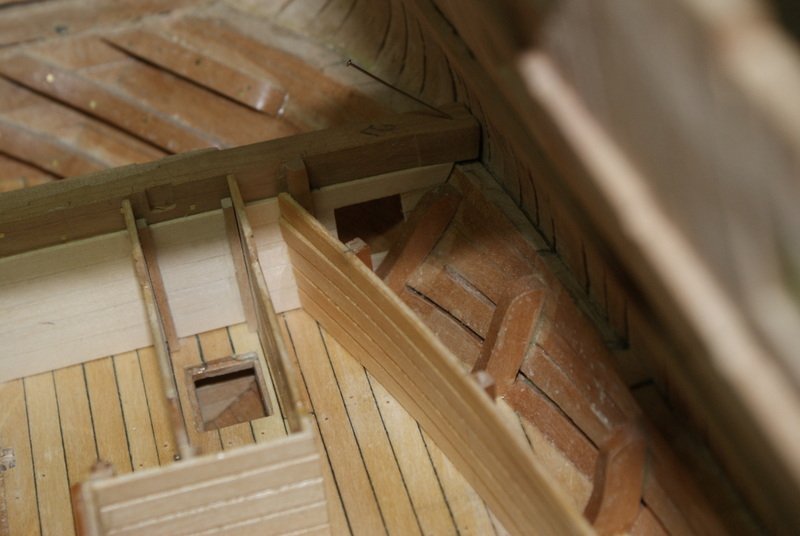
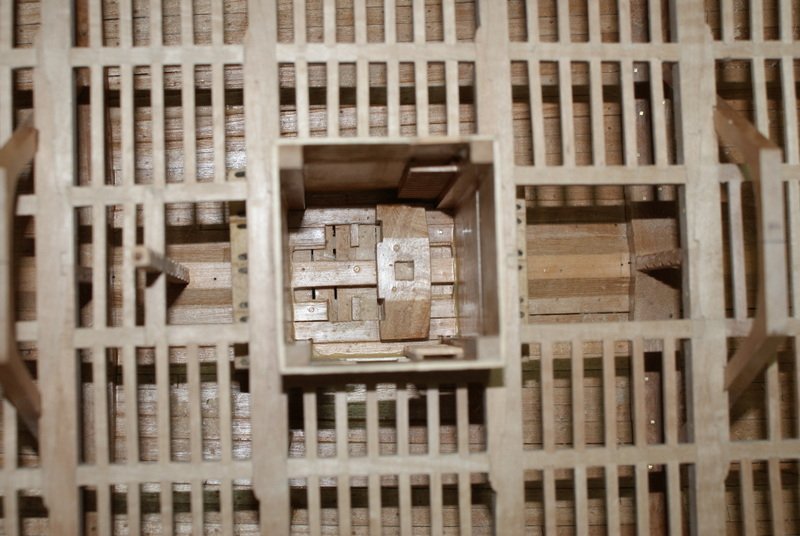
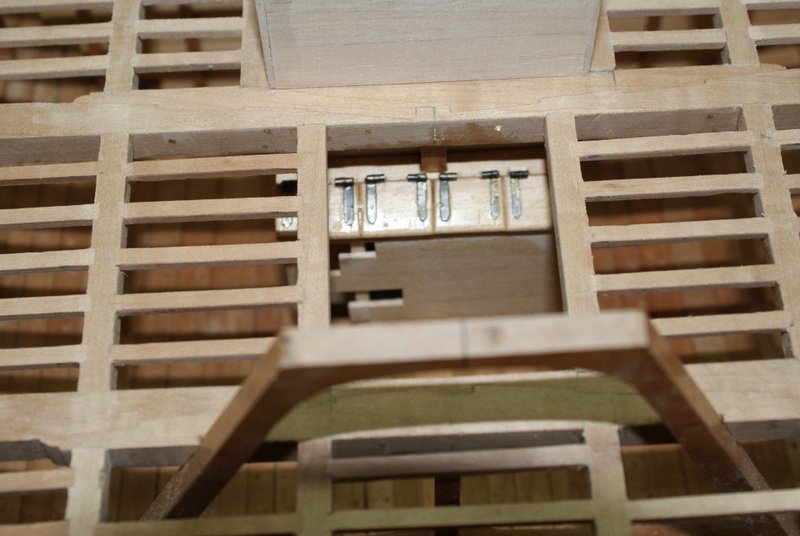
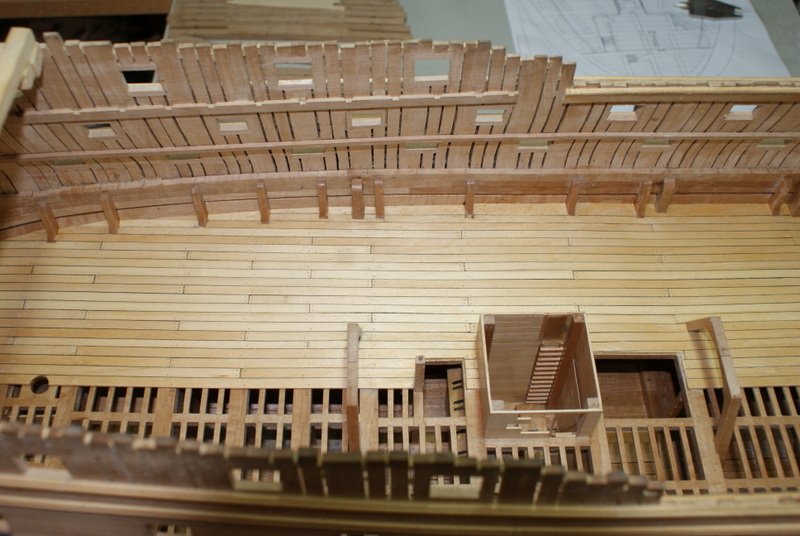
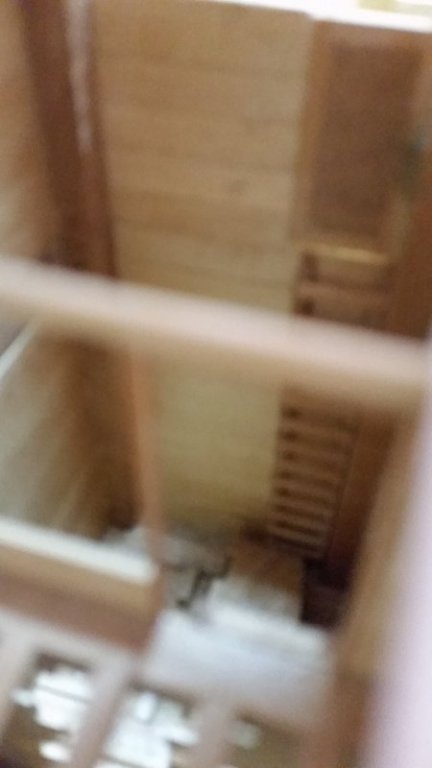
.thumb.jpg.d33e25cd6a16bde7621a264ecf628d59.jpg)
.thumb.jpg.932dd3e8c3c40aca47c4a977785b0363.jpg)
.thumb.jpg.73c3e24bdc1e0ad5890808cd74e210bb.jpg)
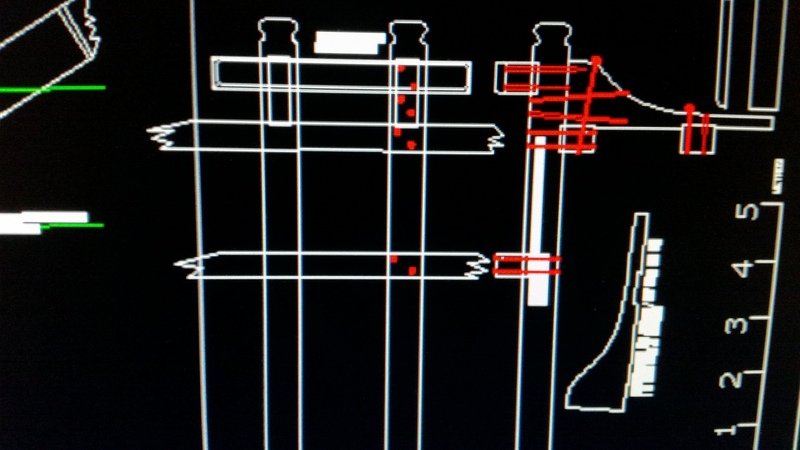
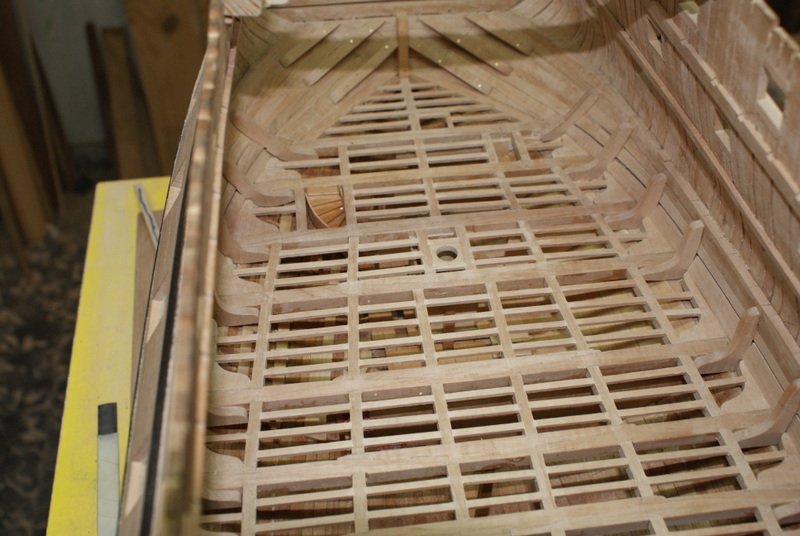
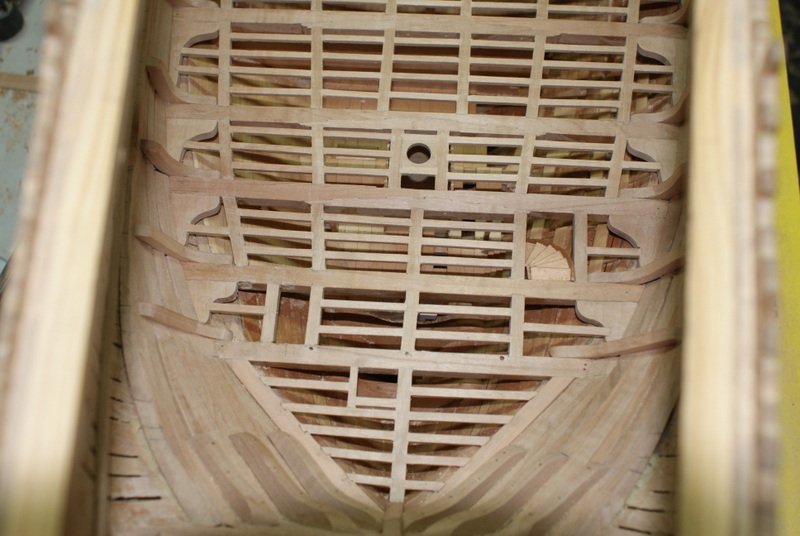
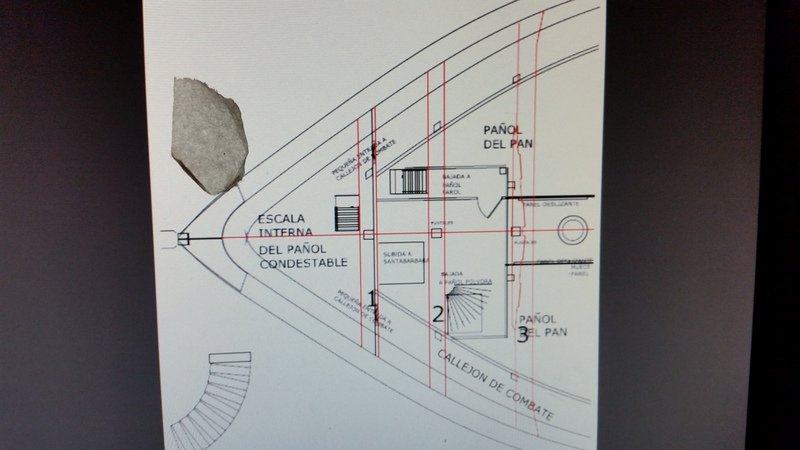
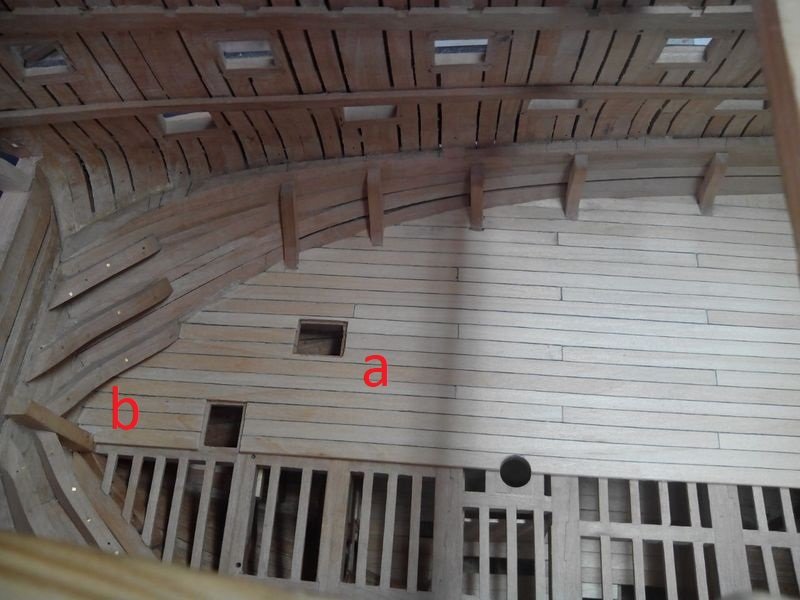
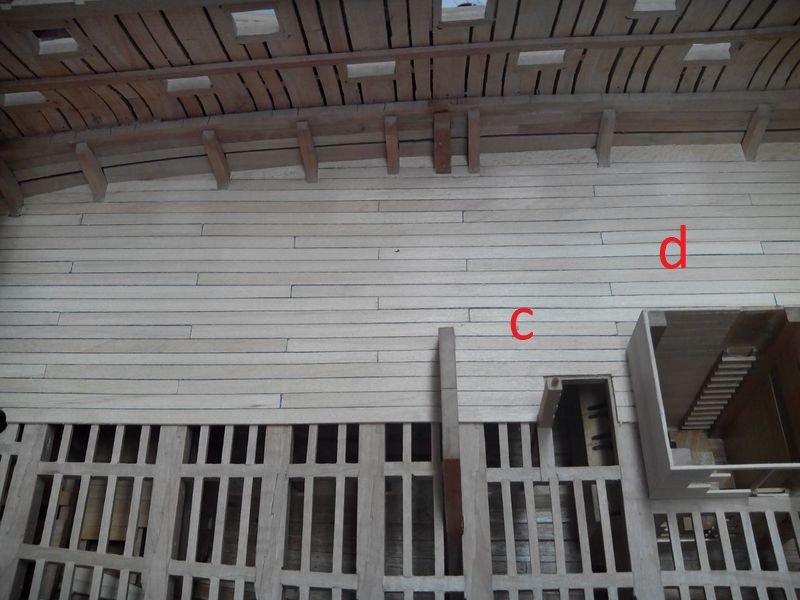
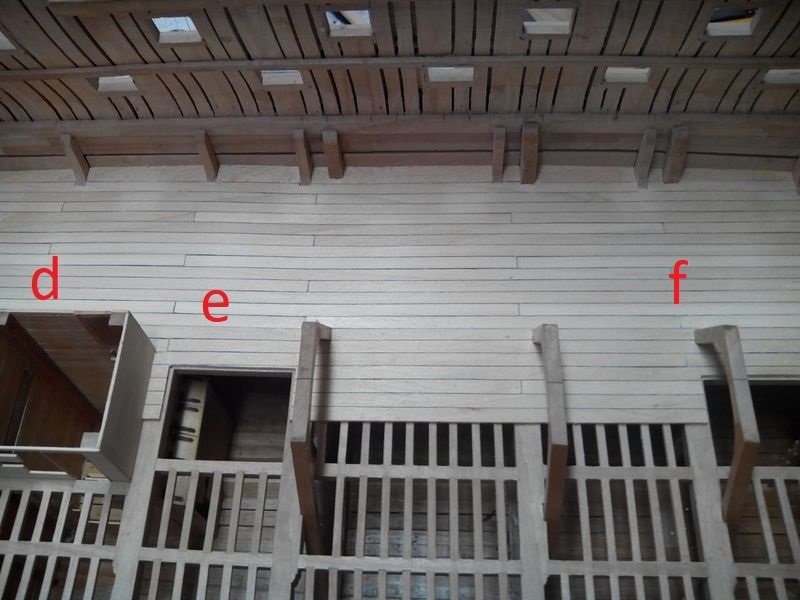
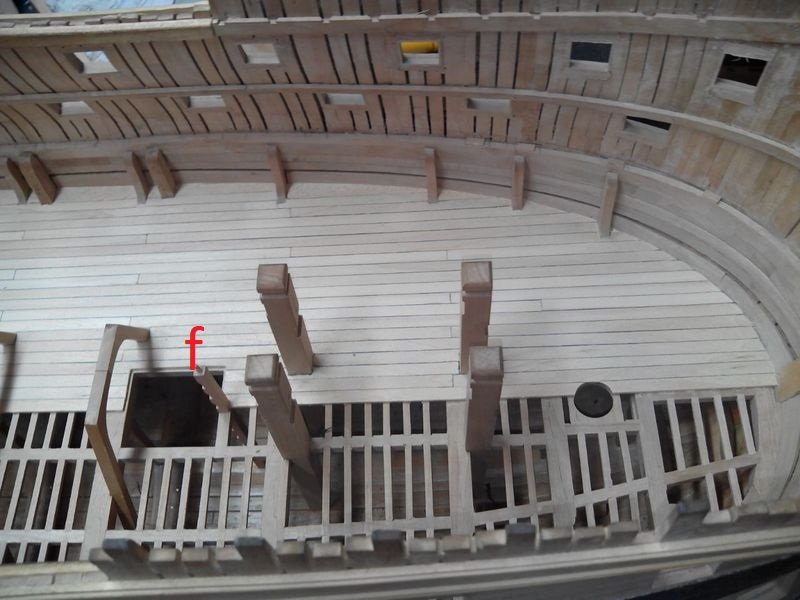
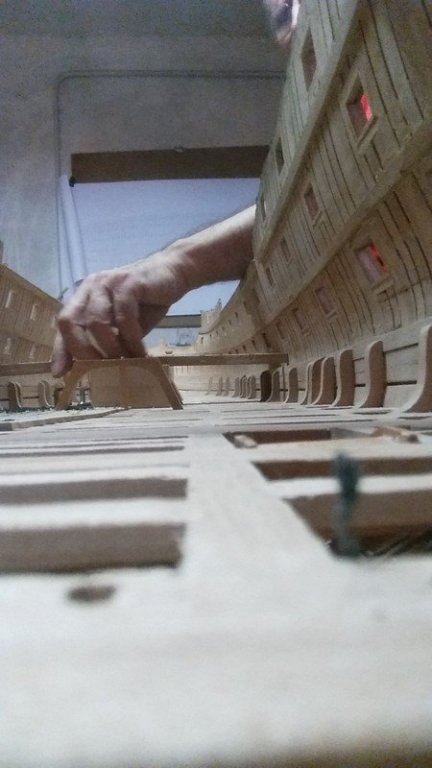
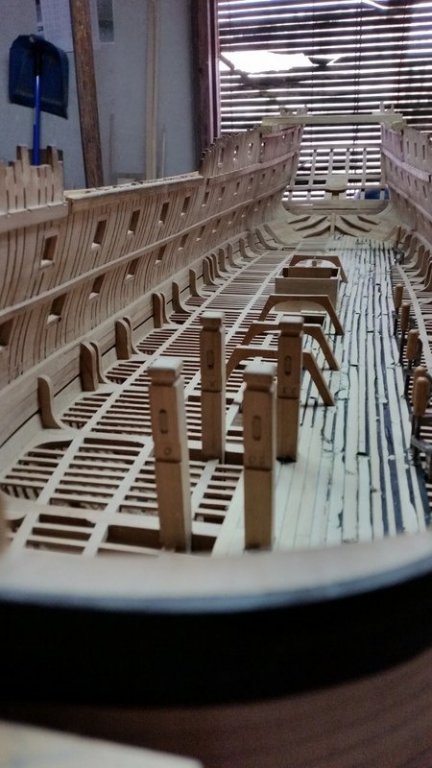
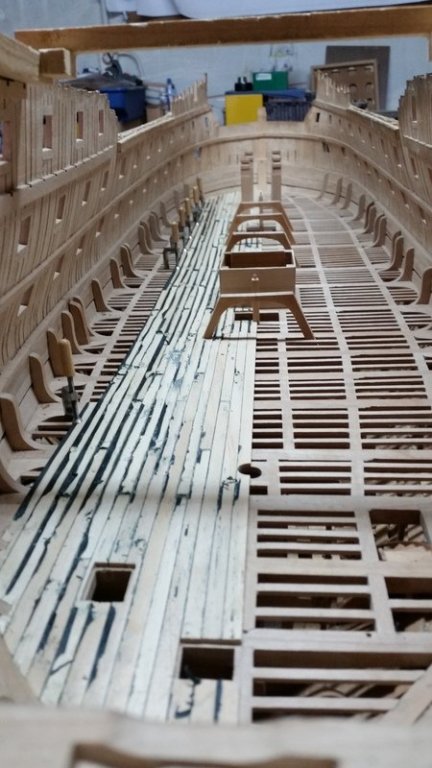
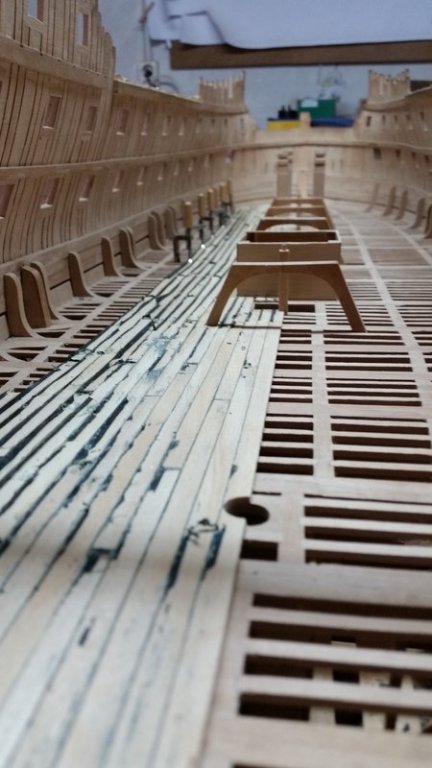
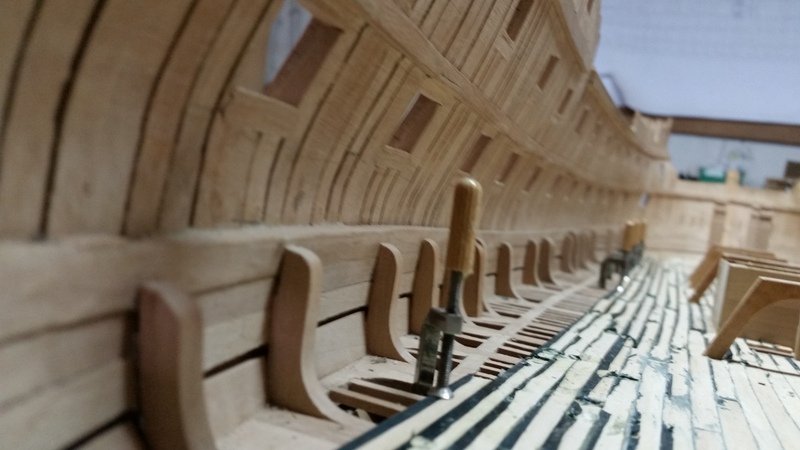
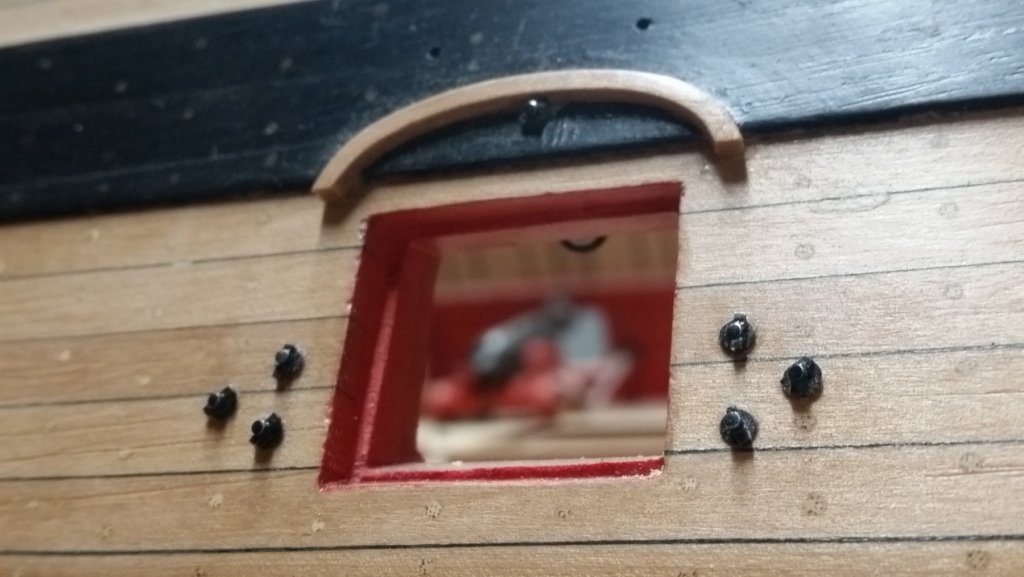
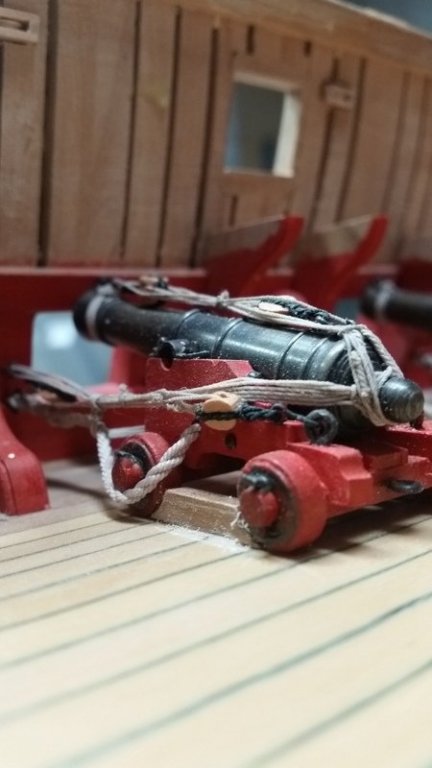
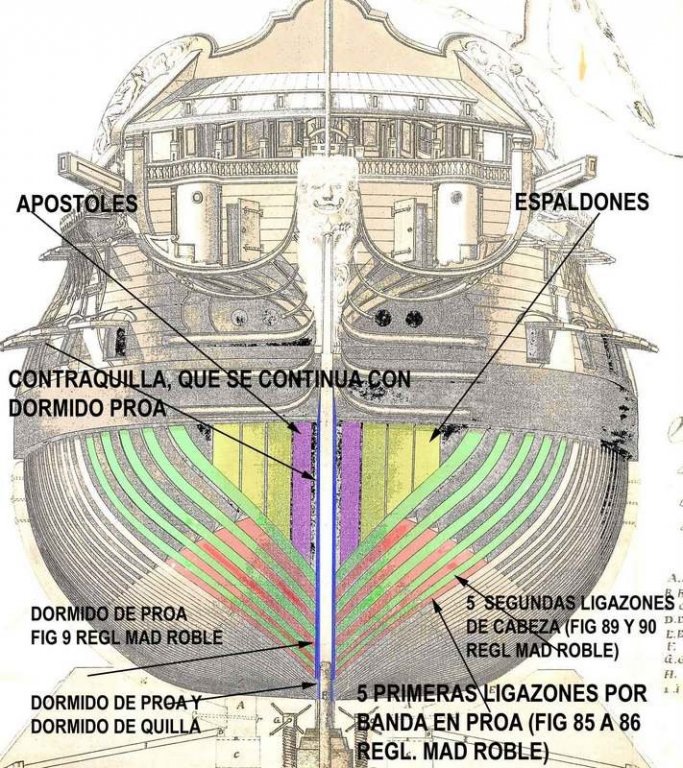

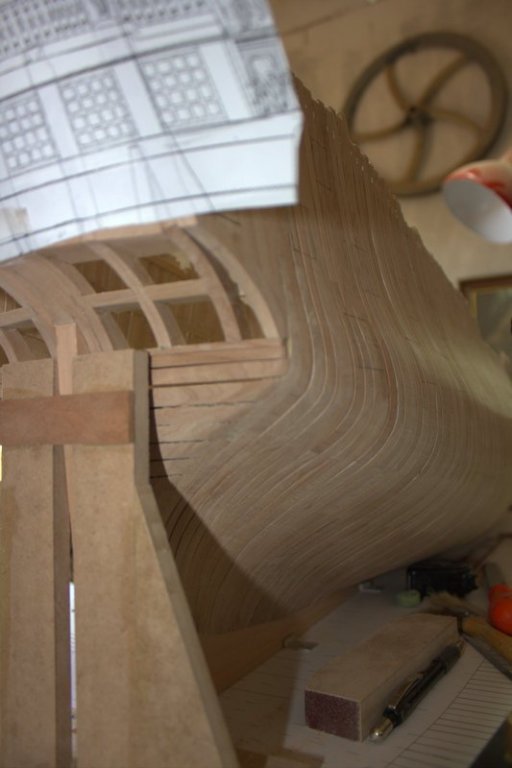
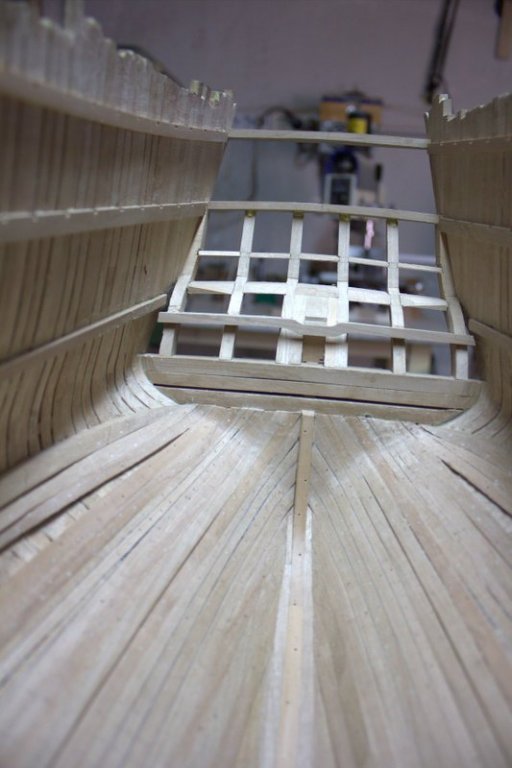
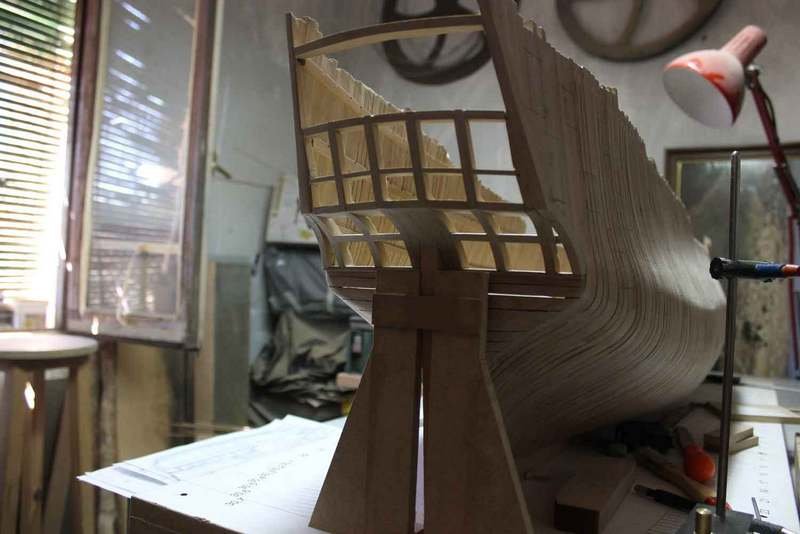
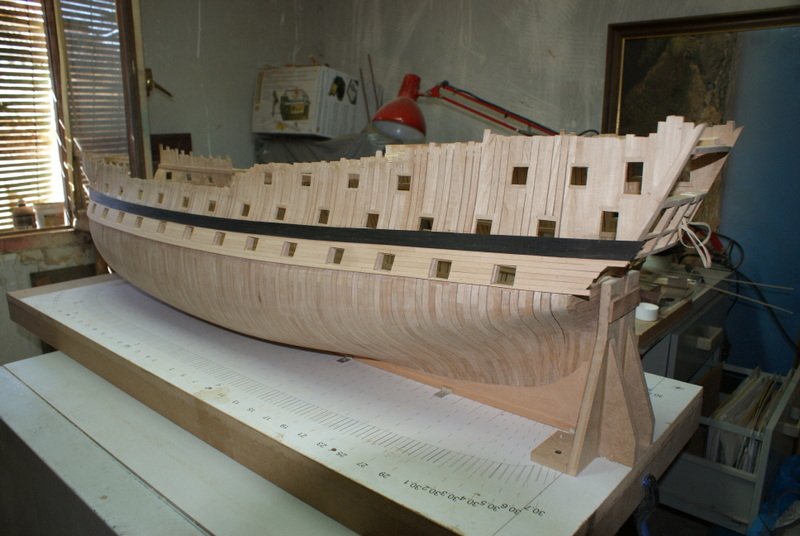
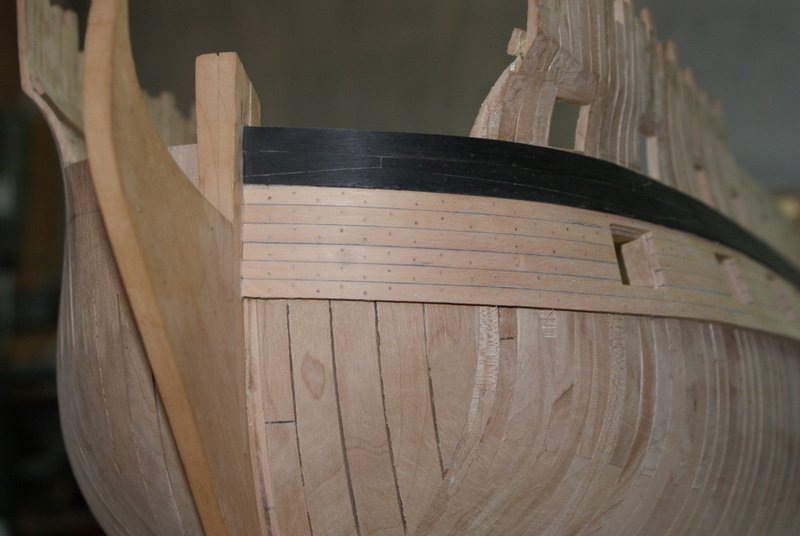
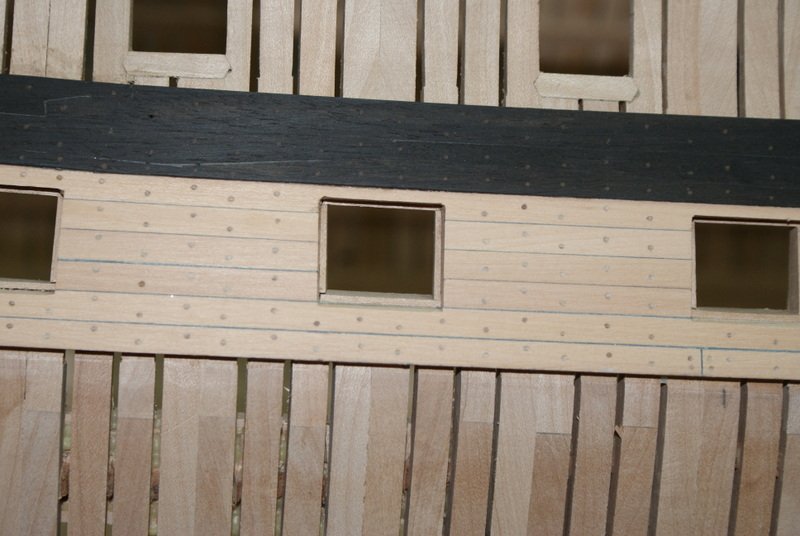
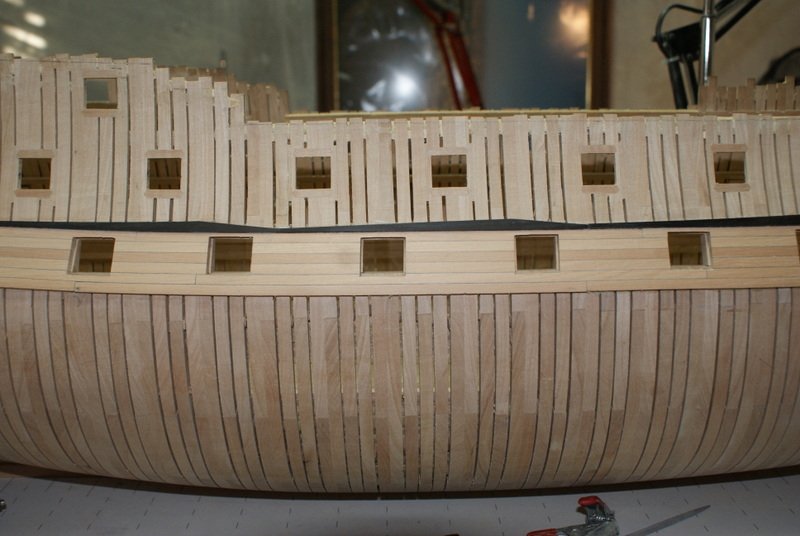
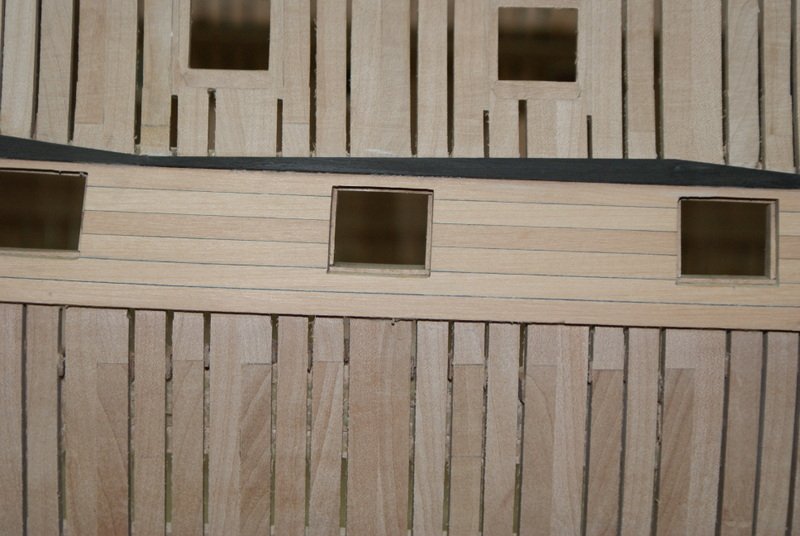
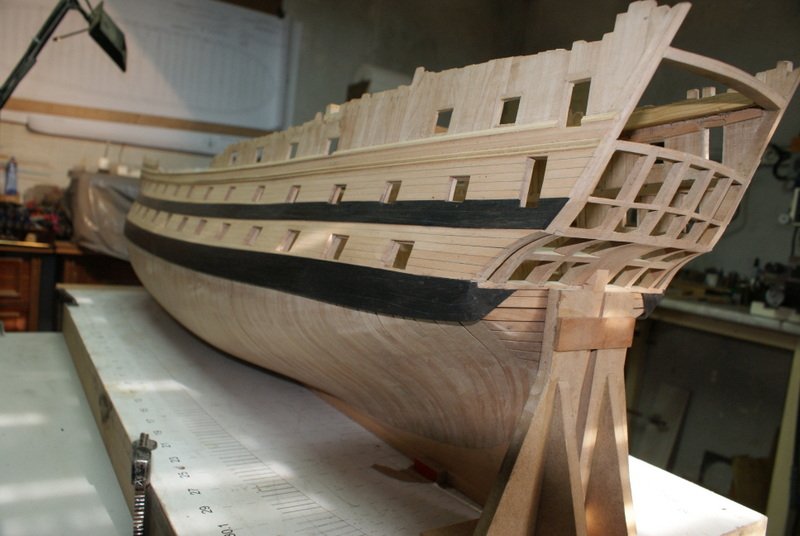
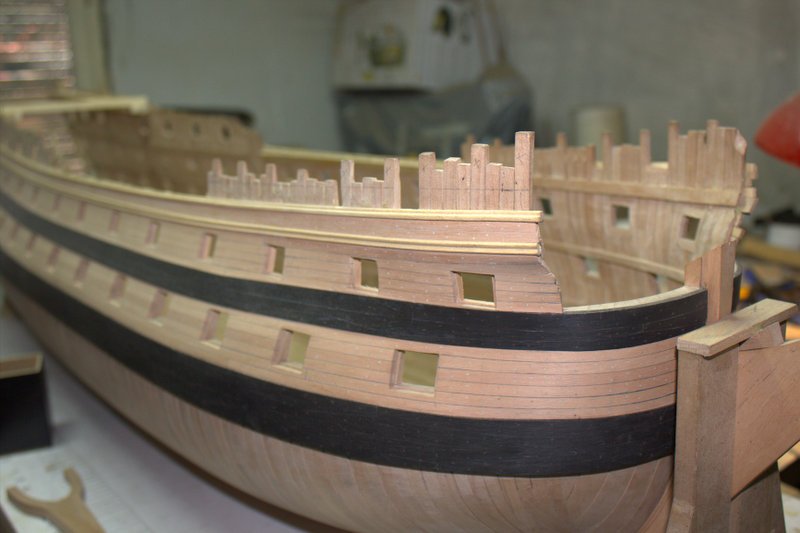
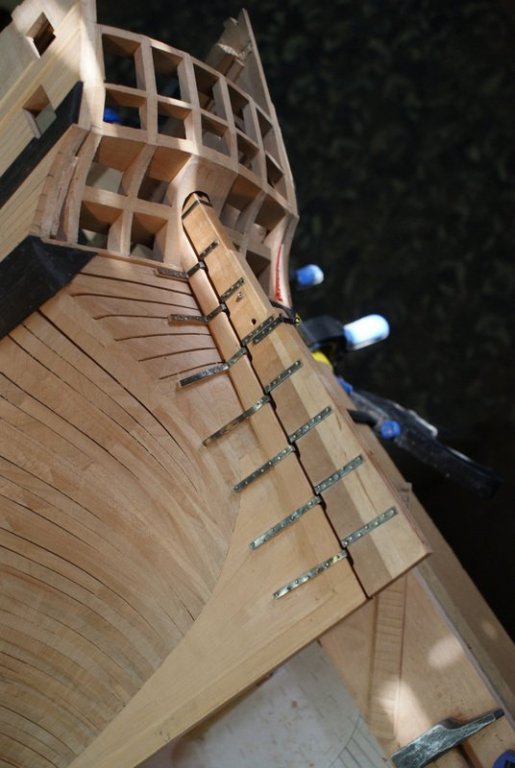
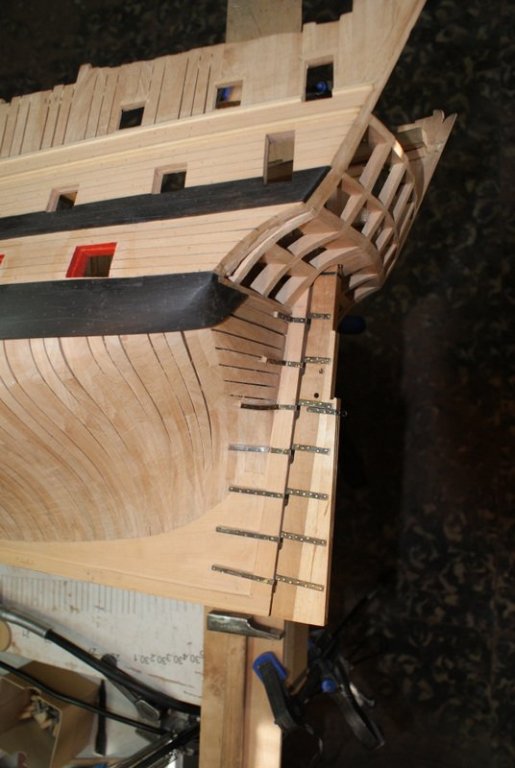
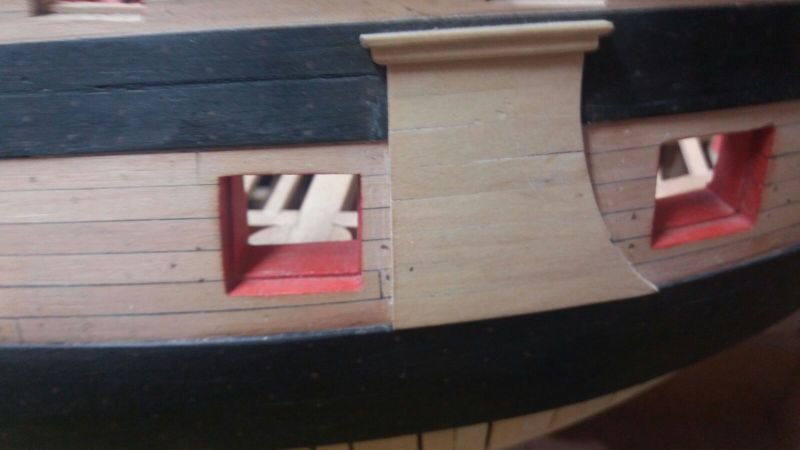
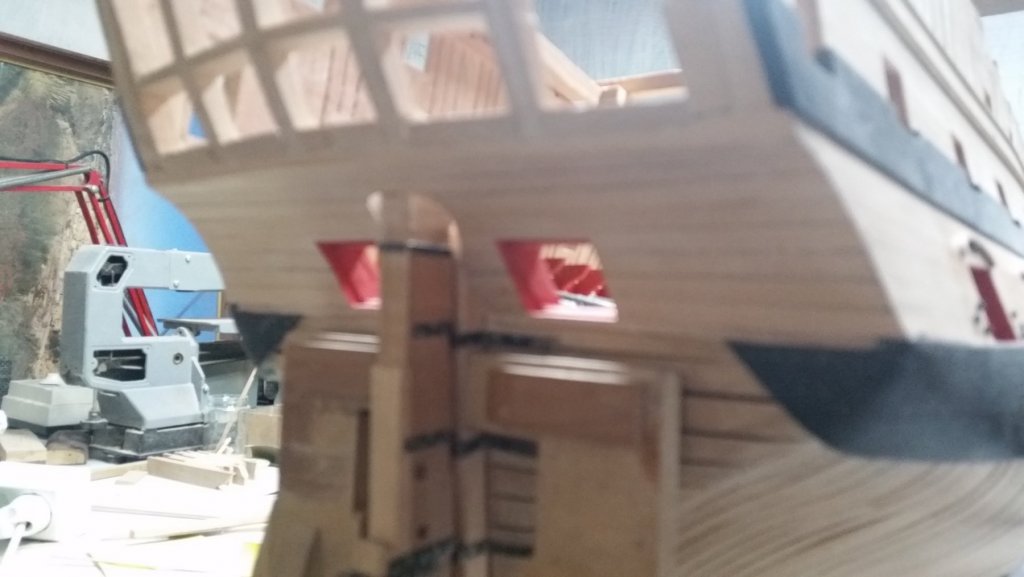

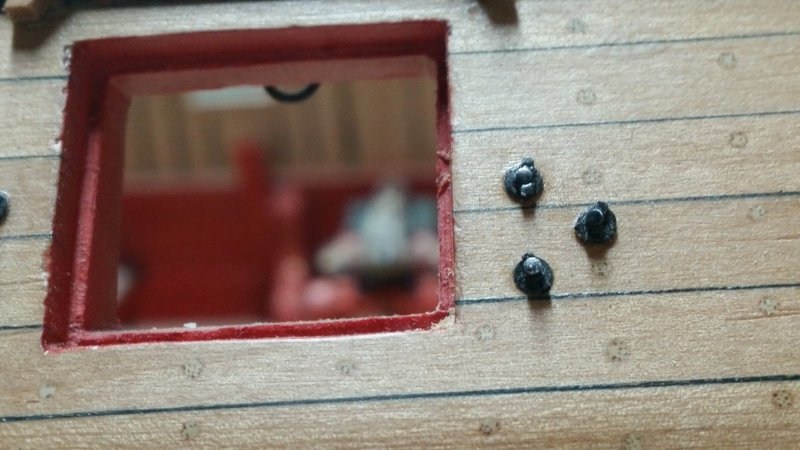
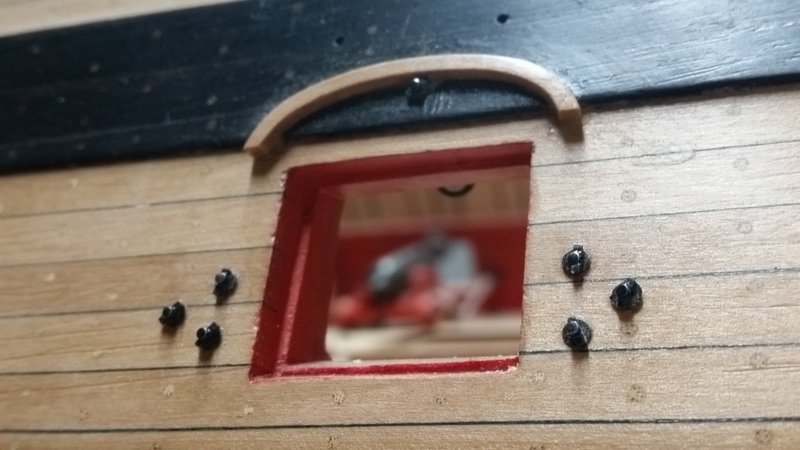
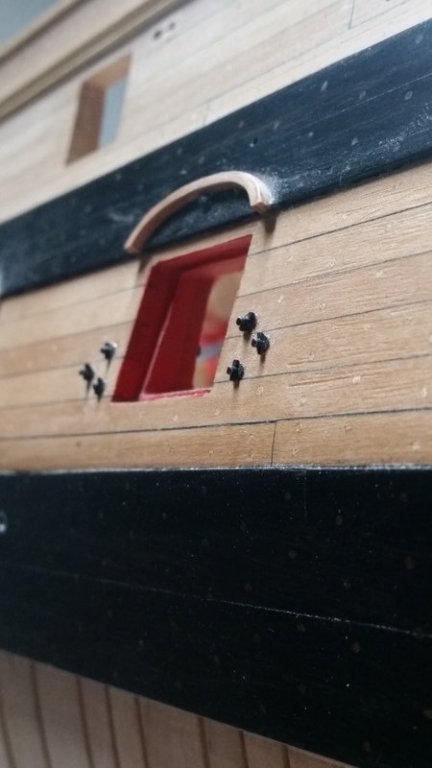
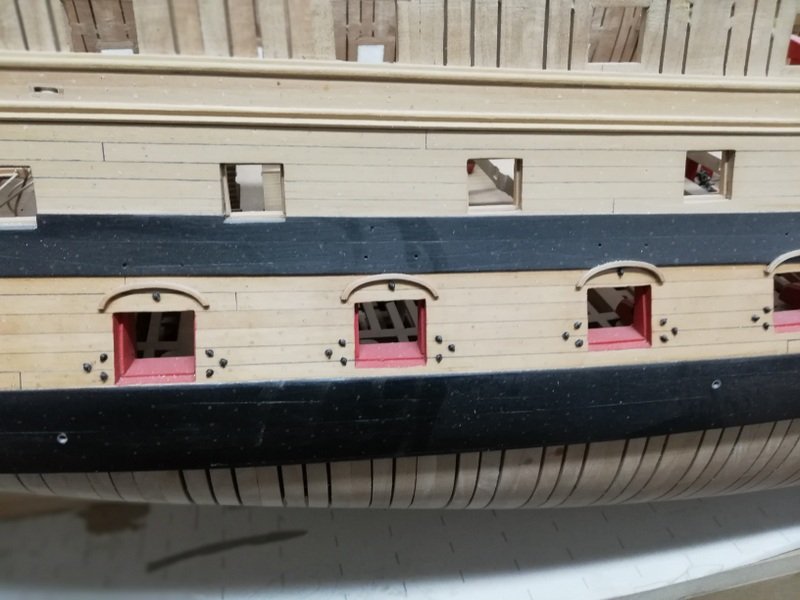

.thumb.jpg.086af25b5ce33130701bd8a62a36fc2c.jpg)
.thumb.jpg.51b521afd945212c2ae4f3c6d249f4e4.jpg)

